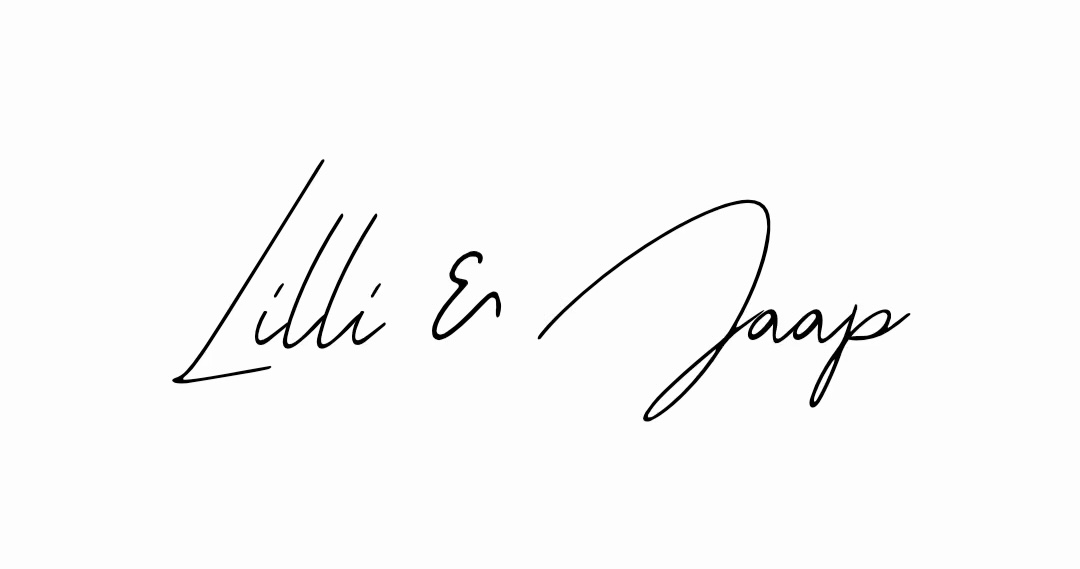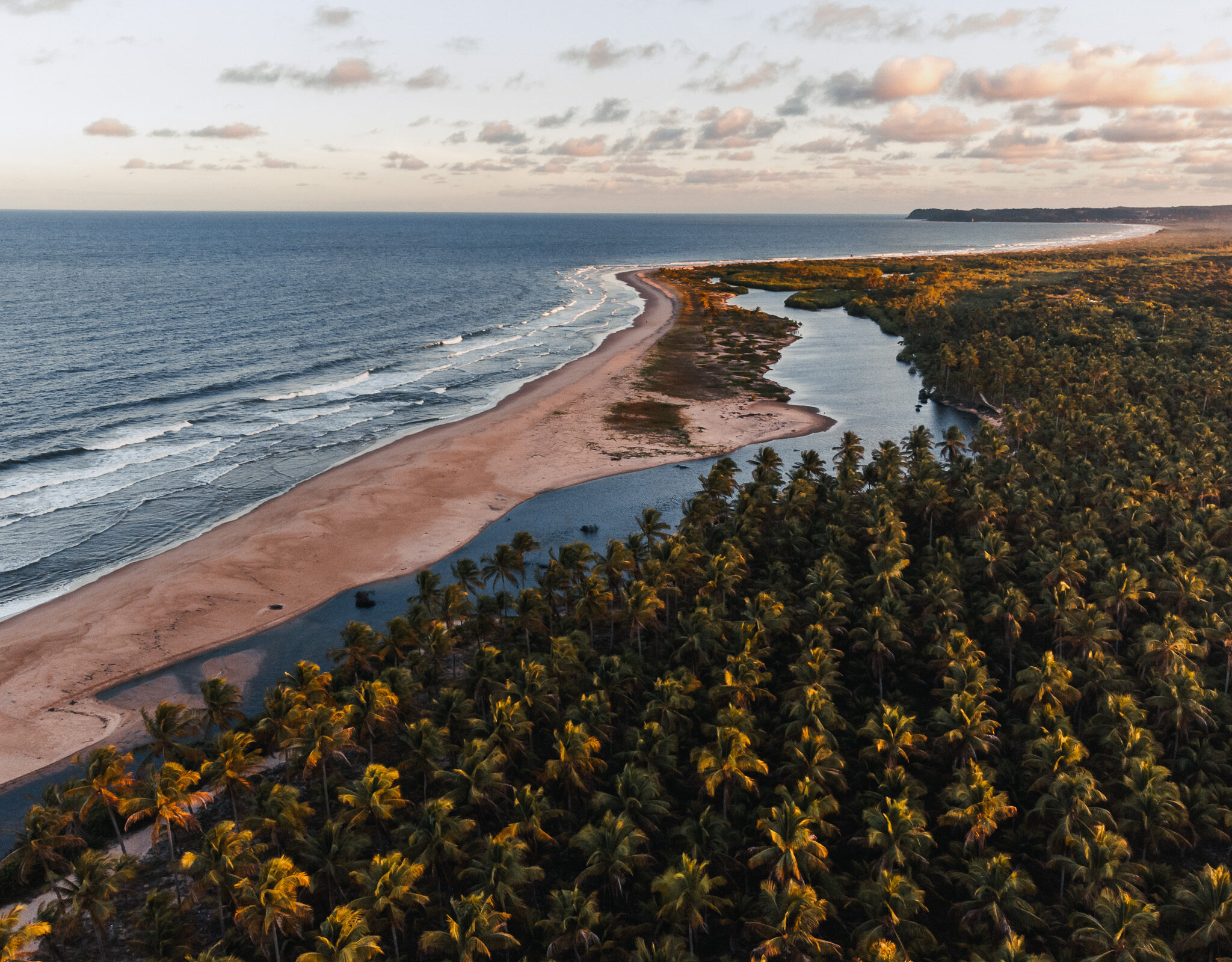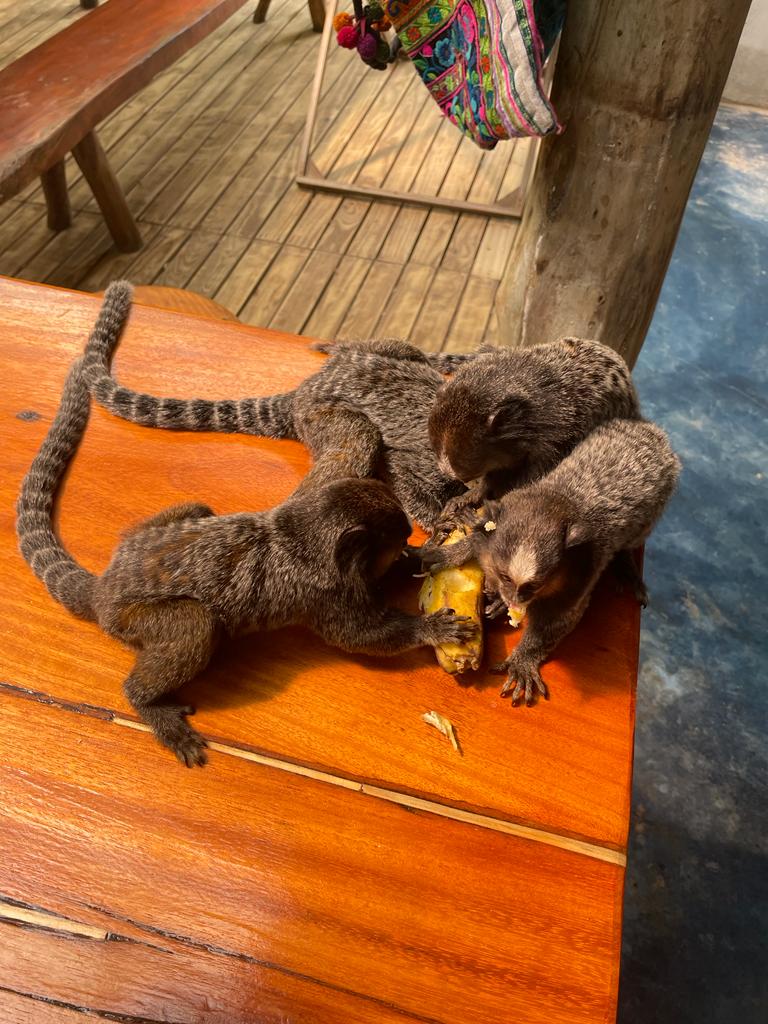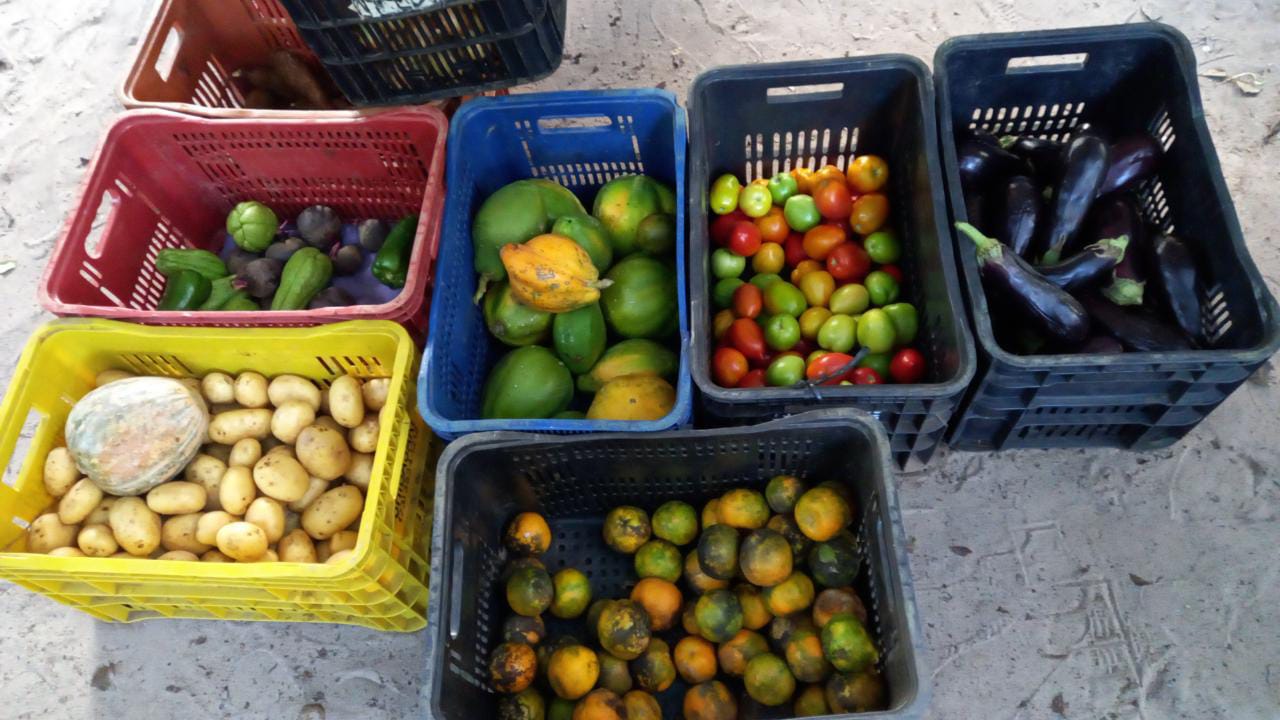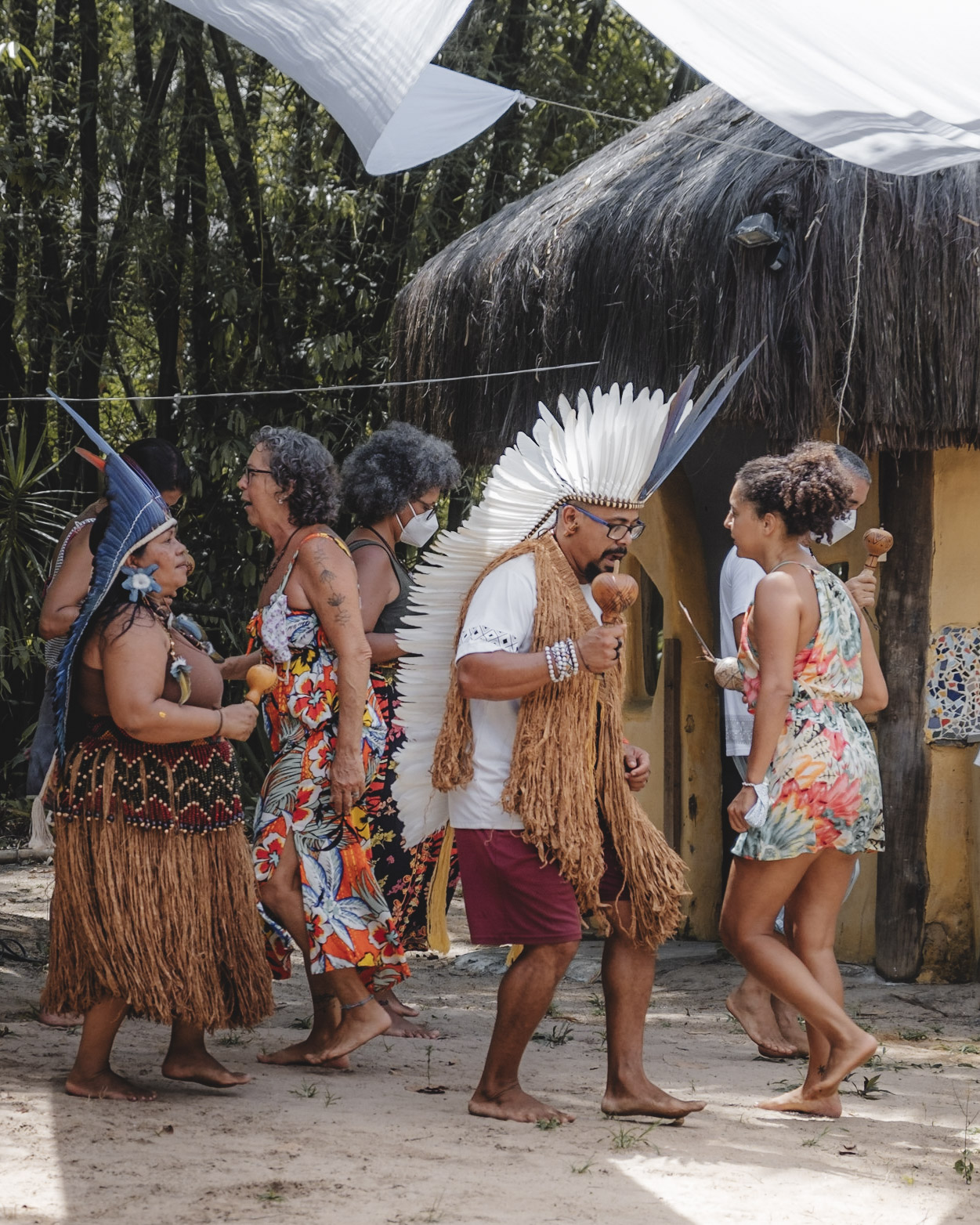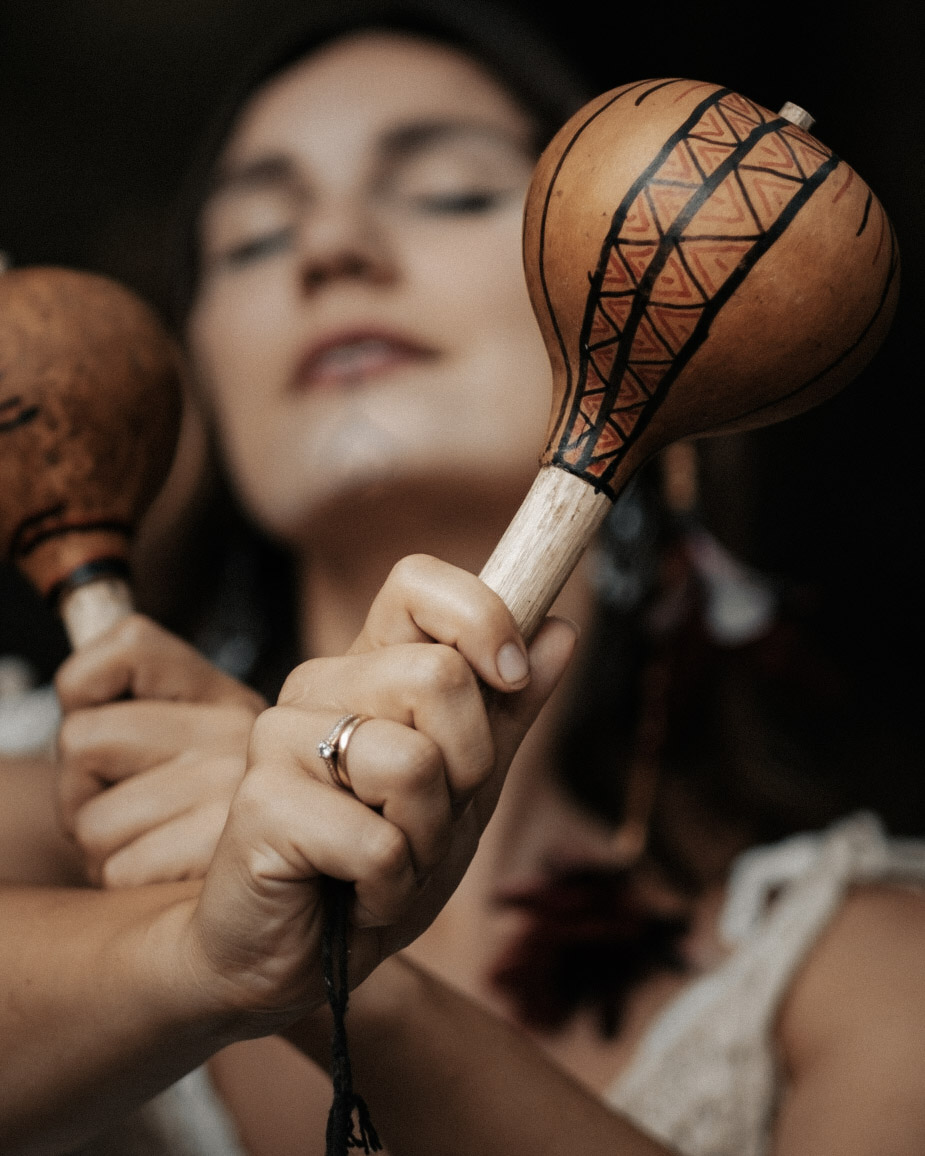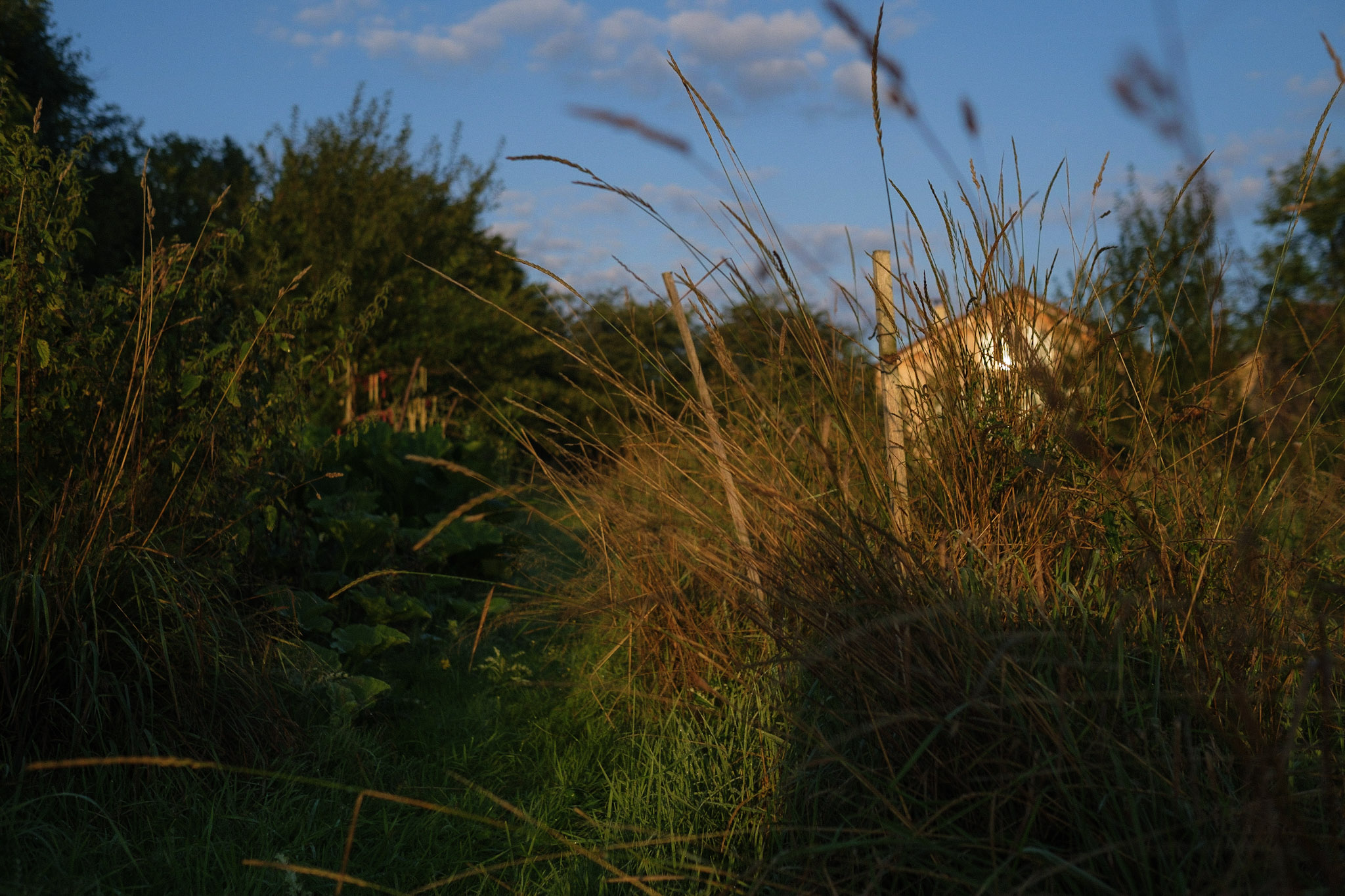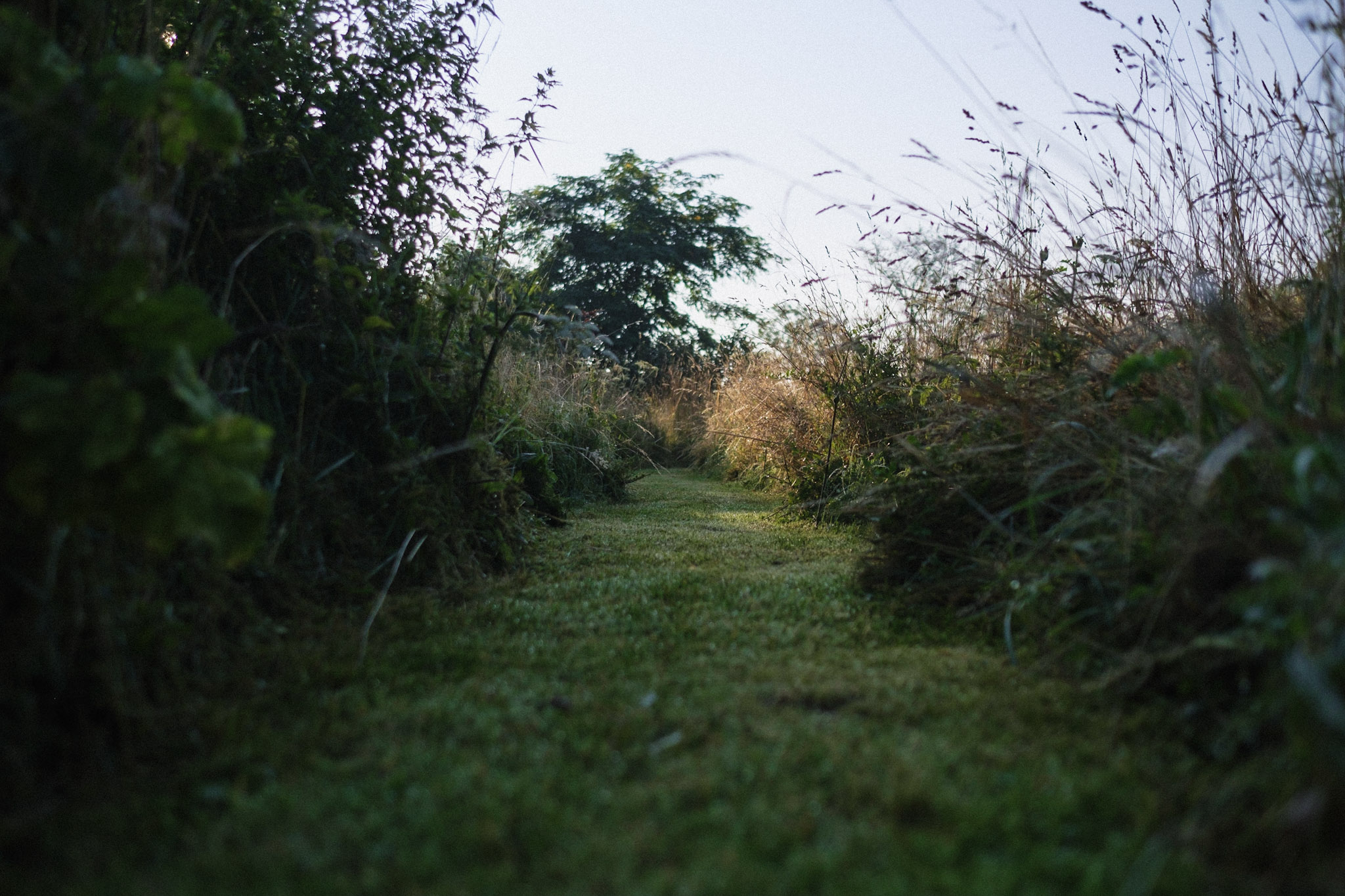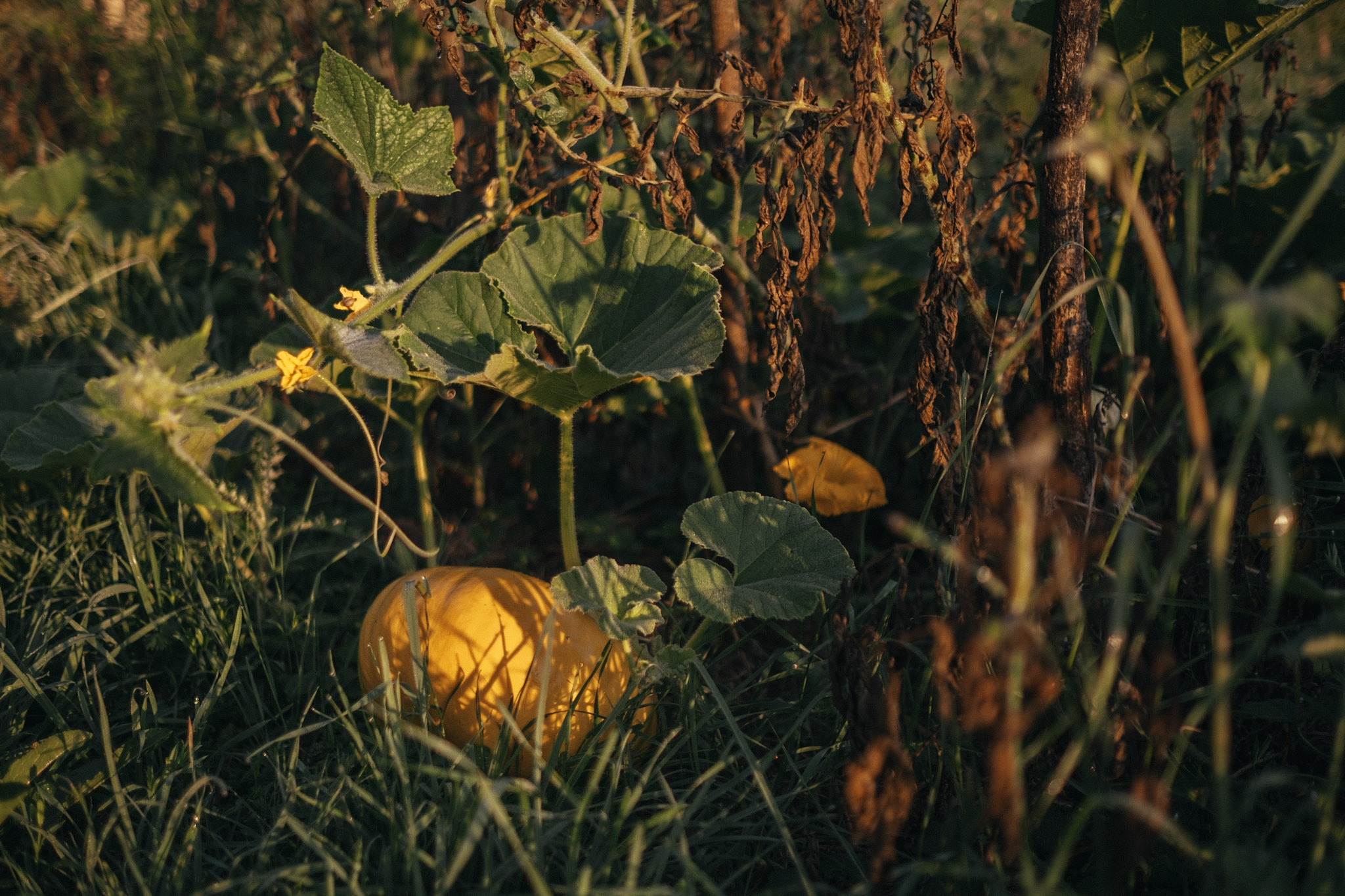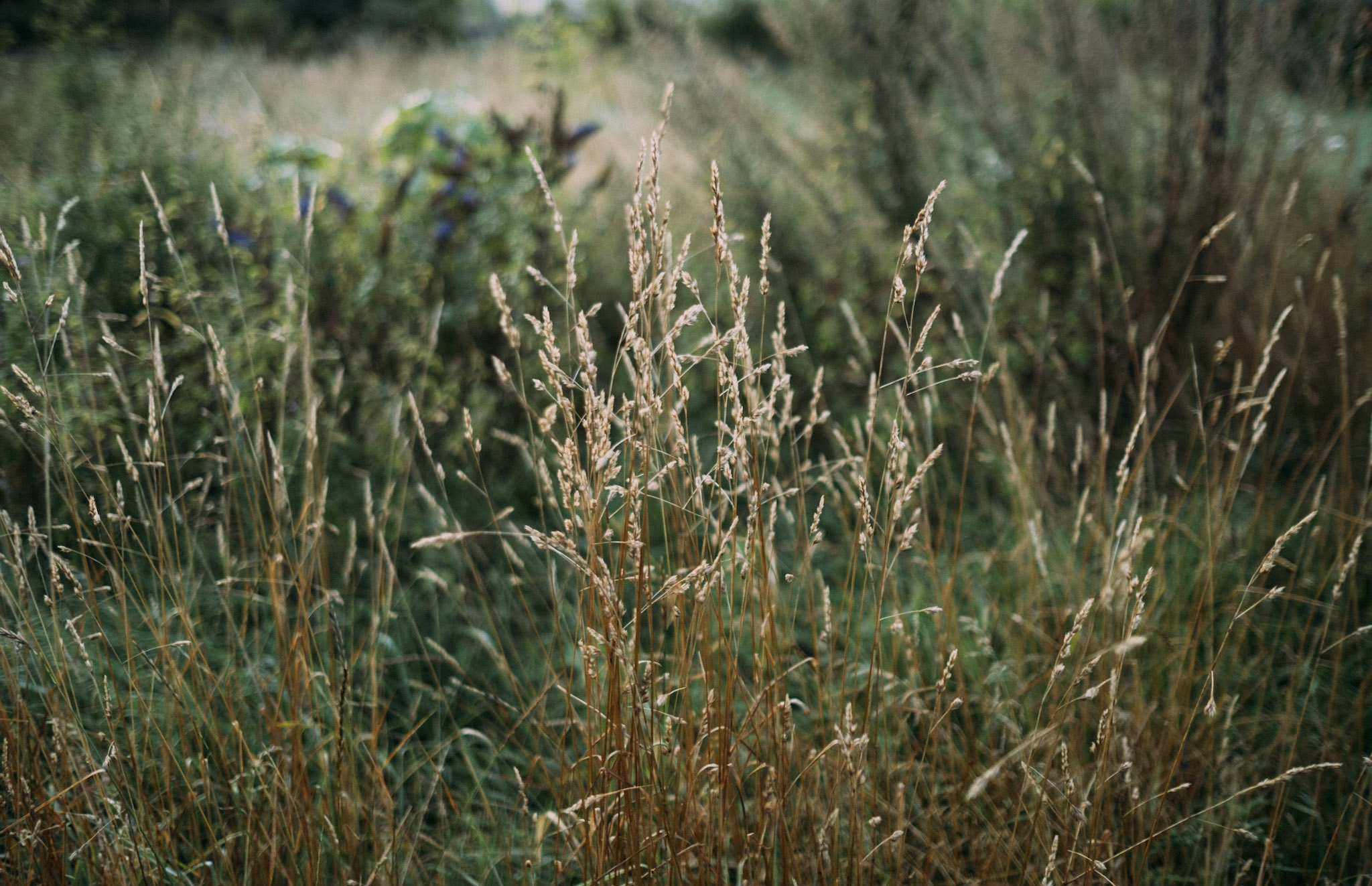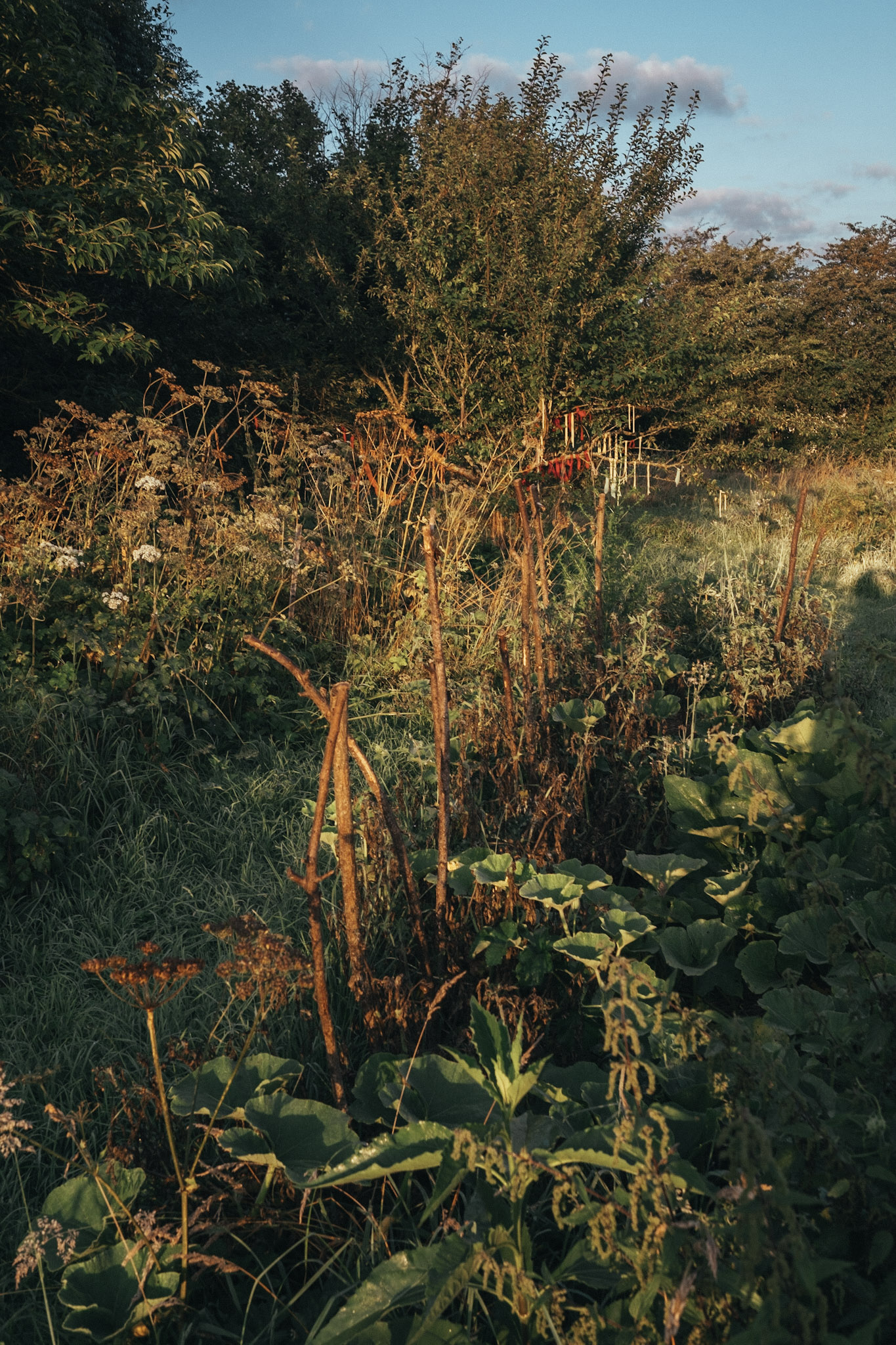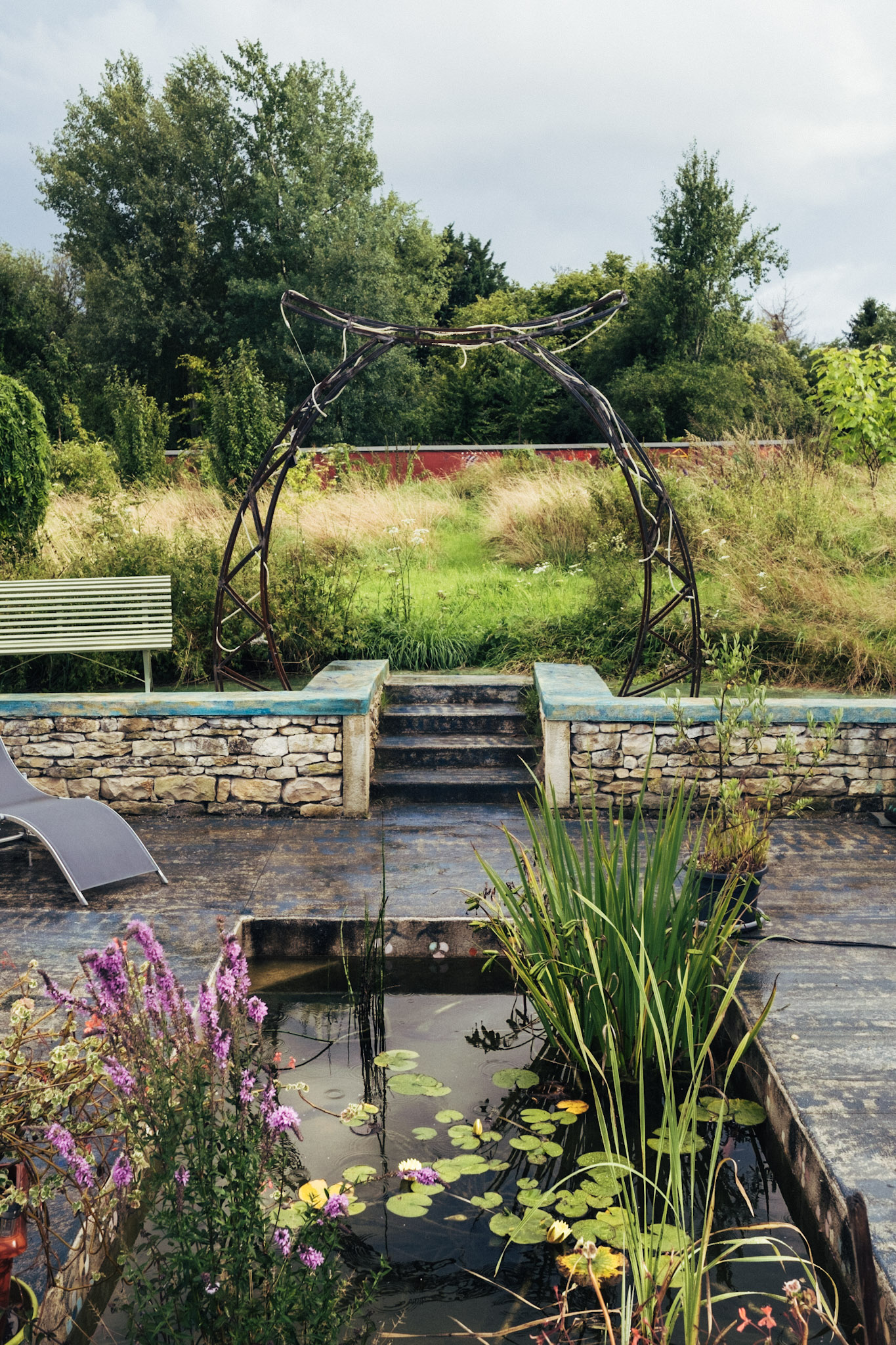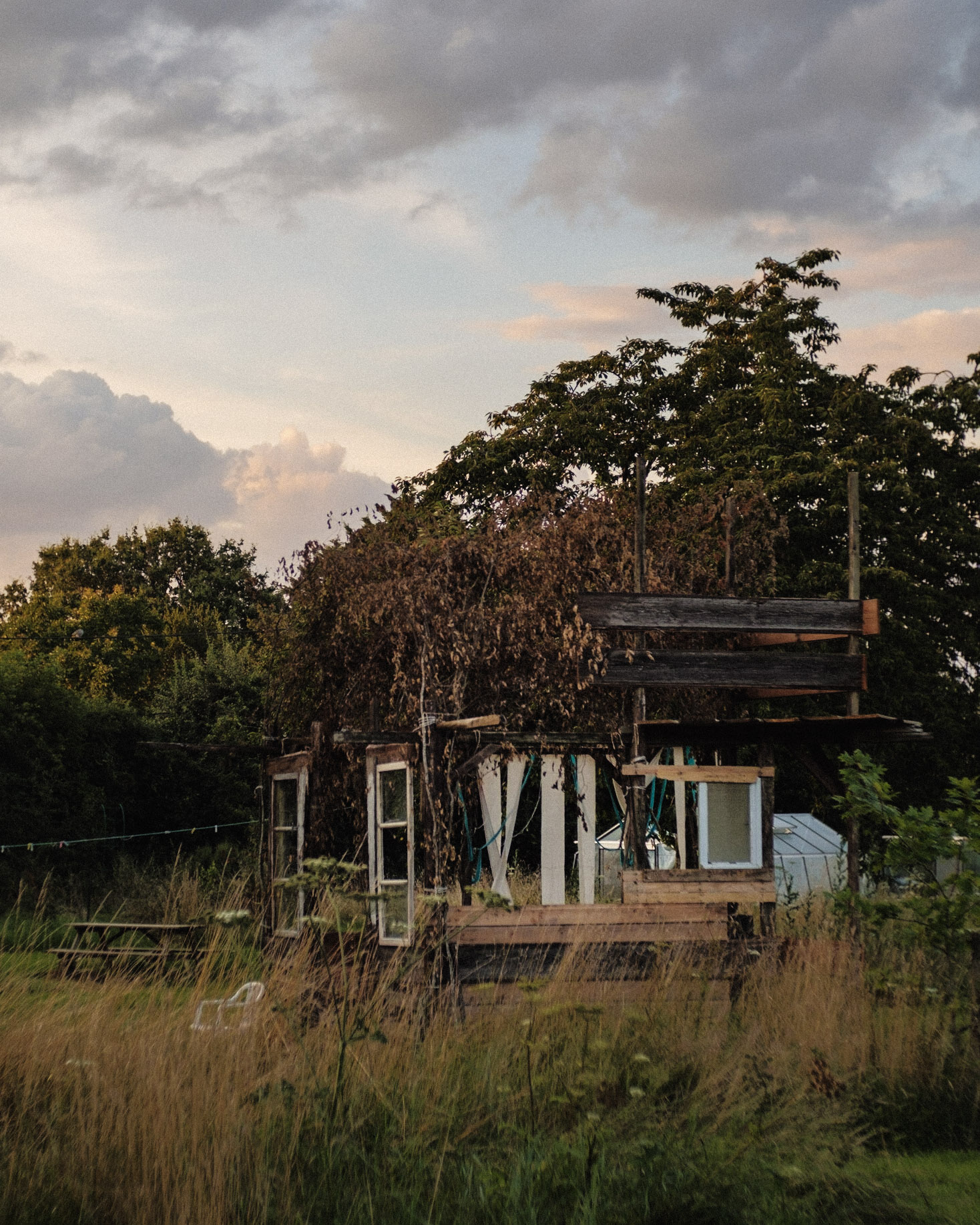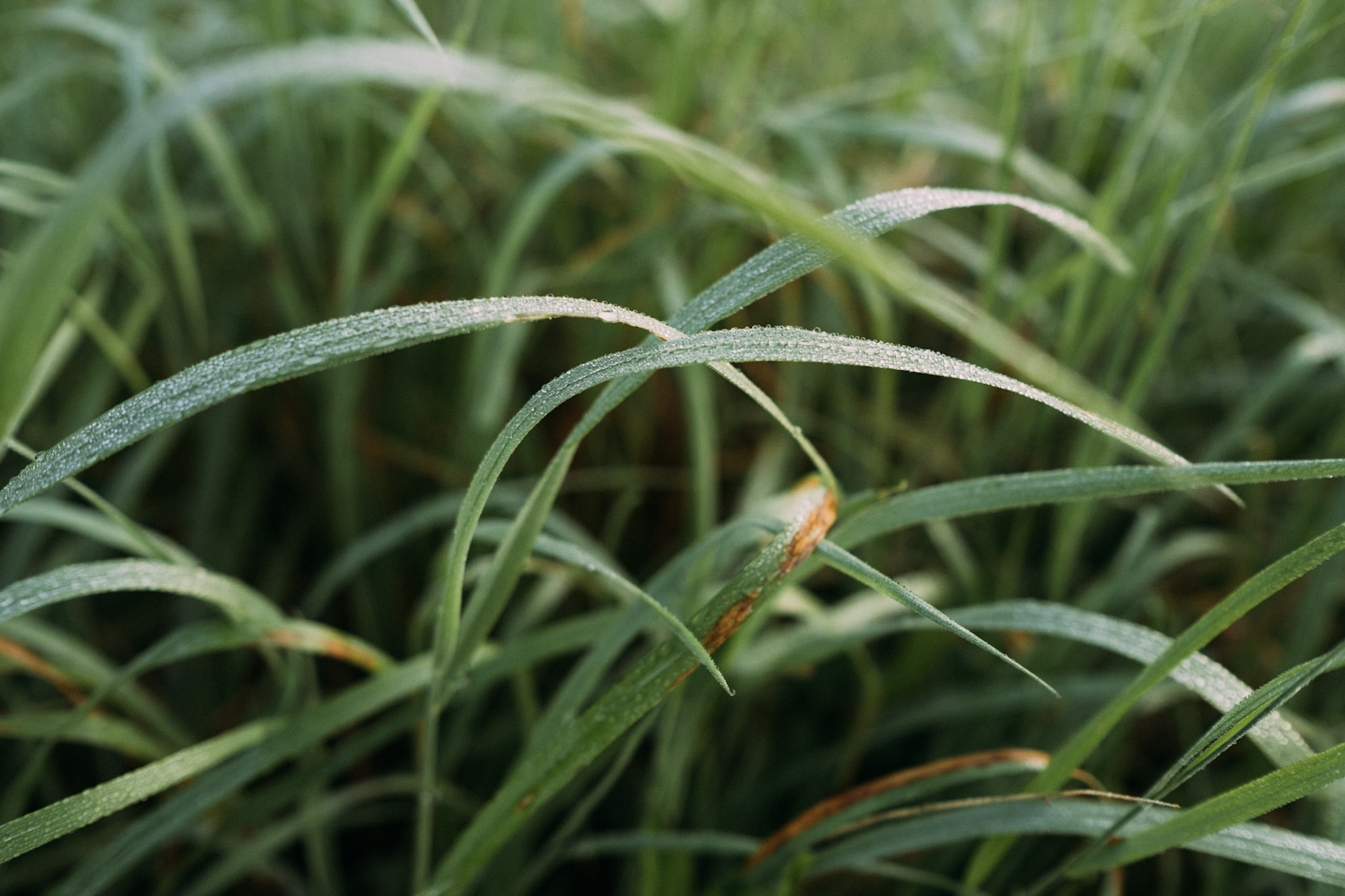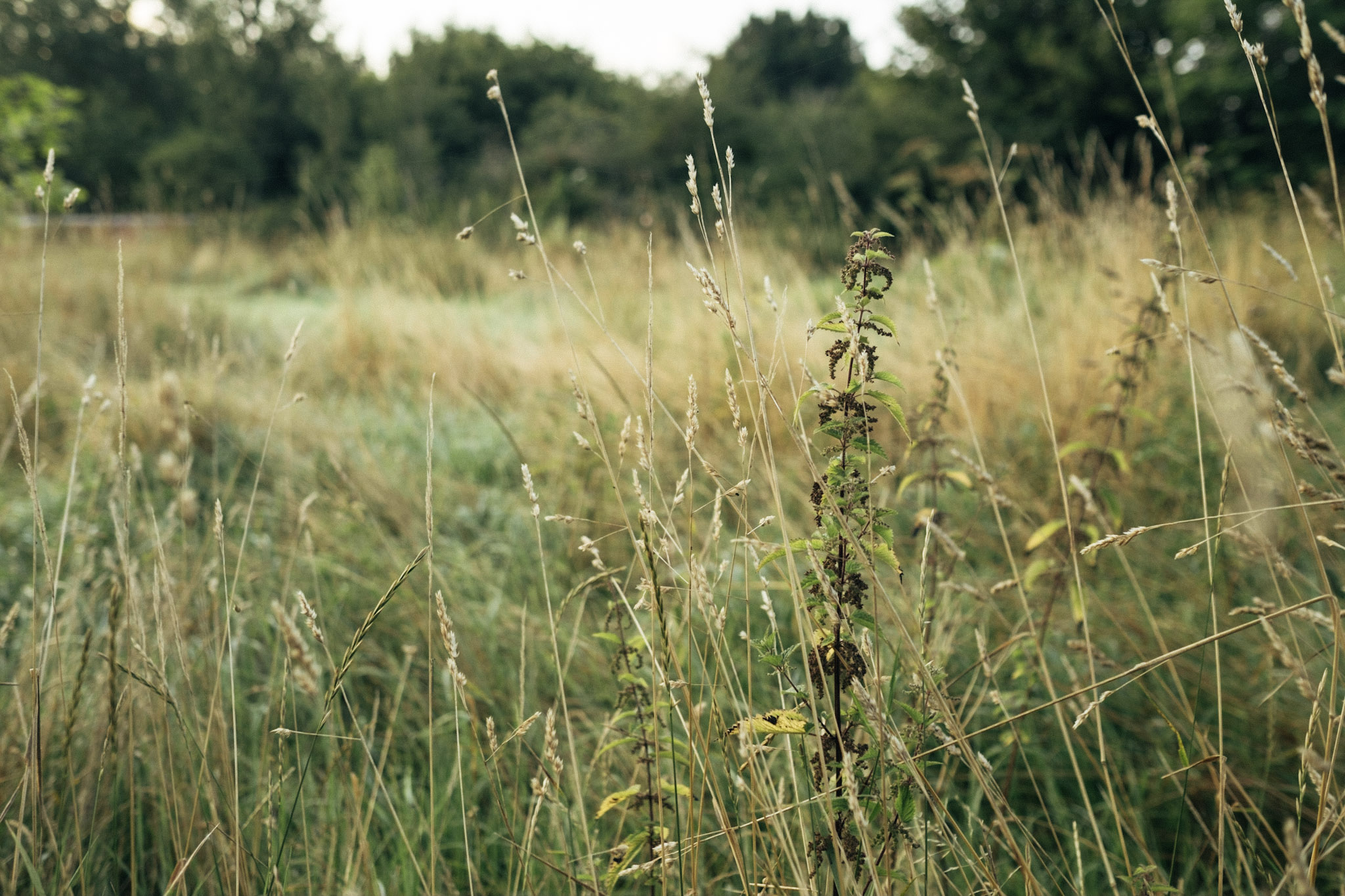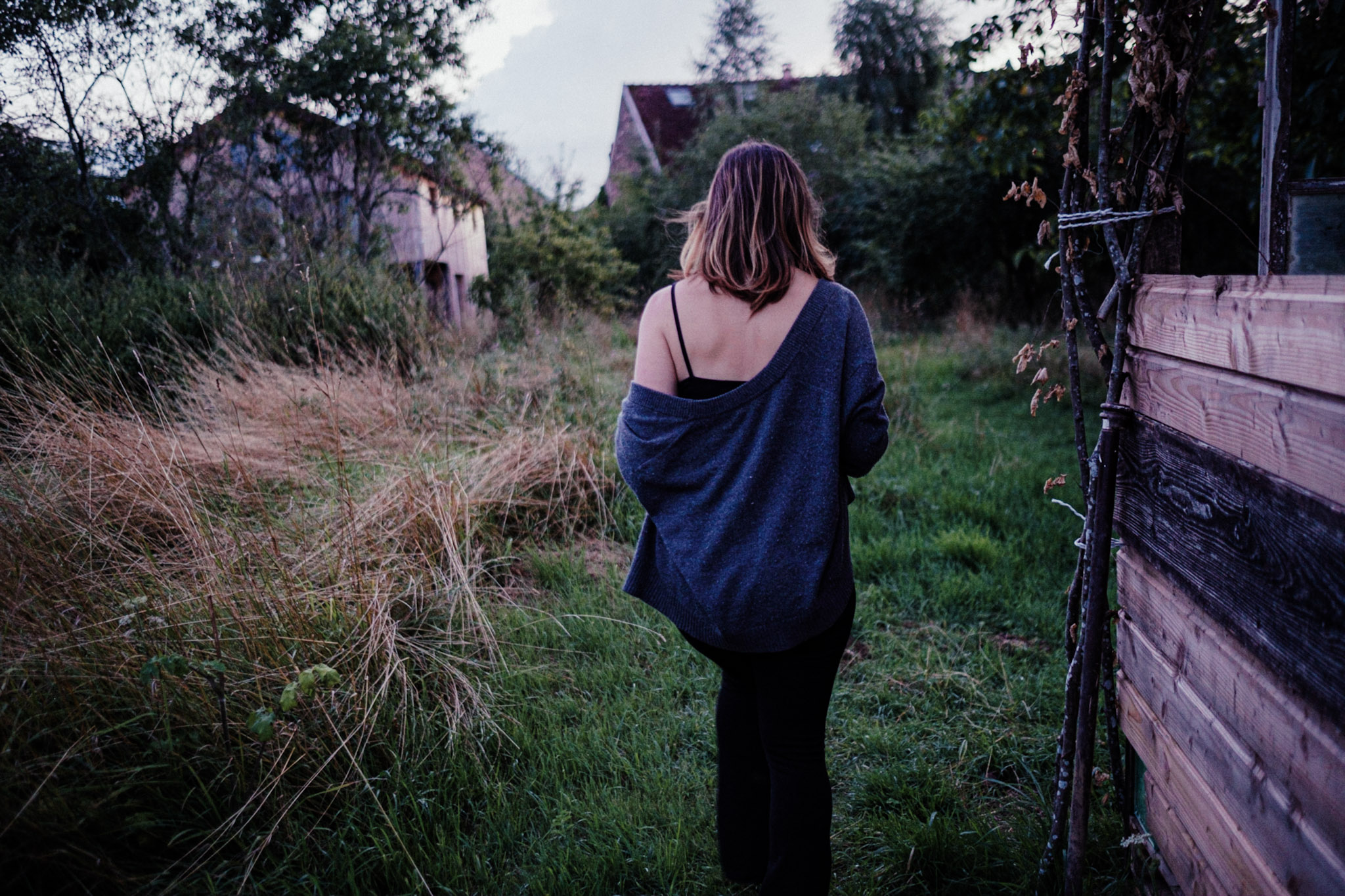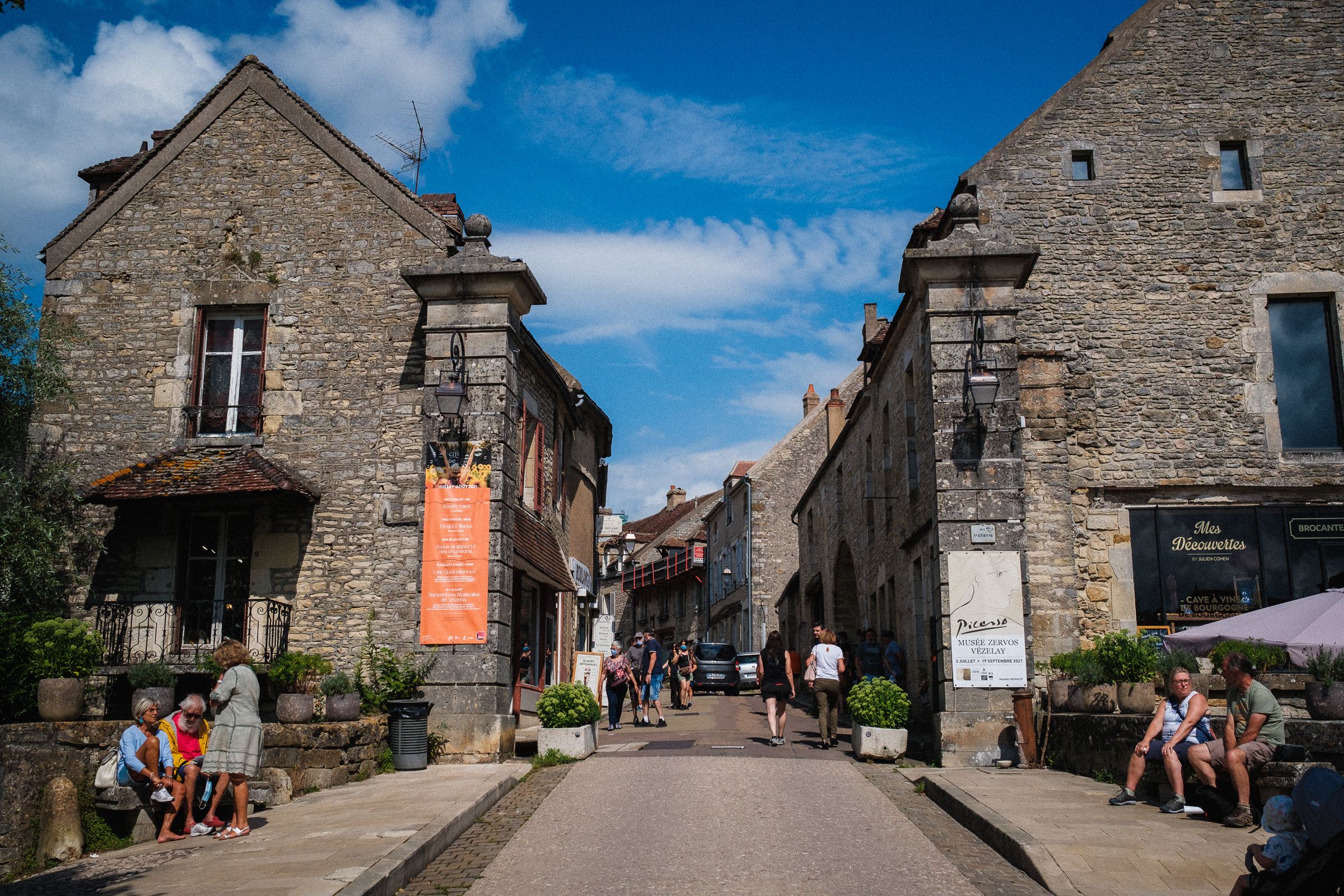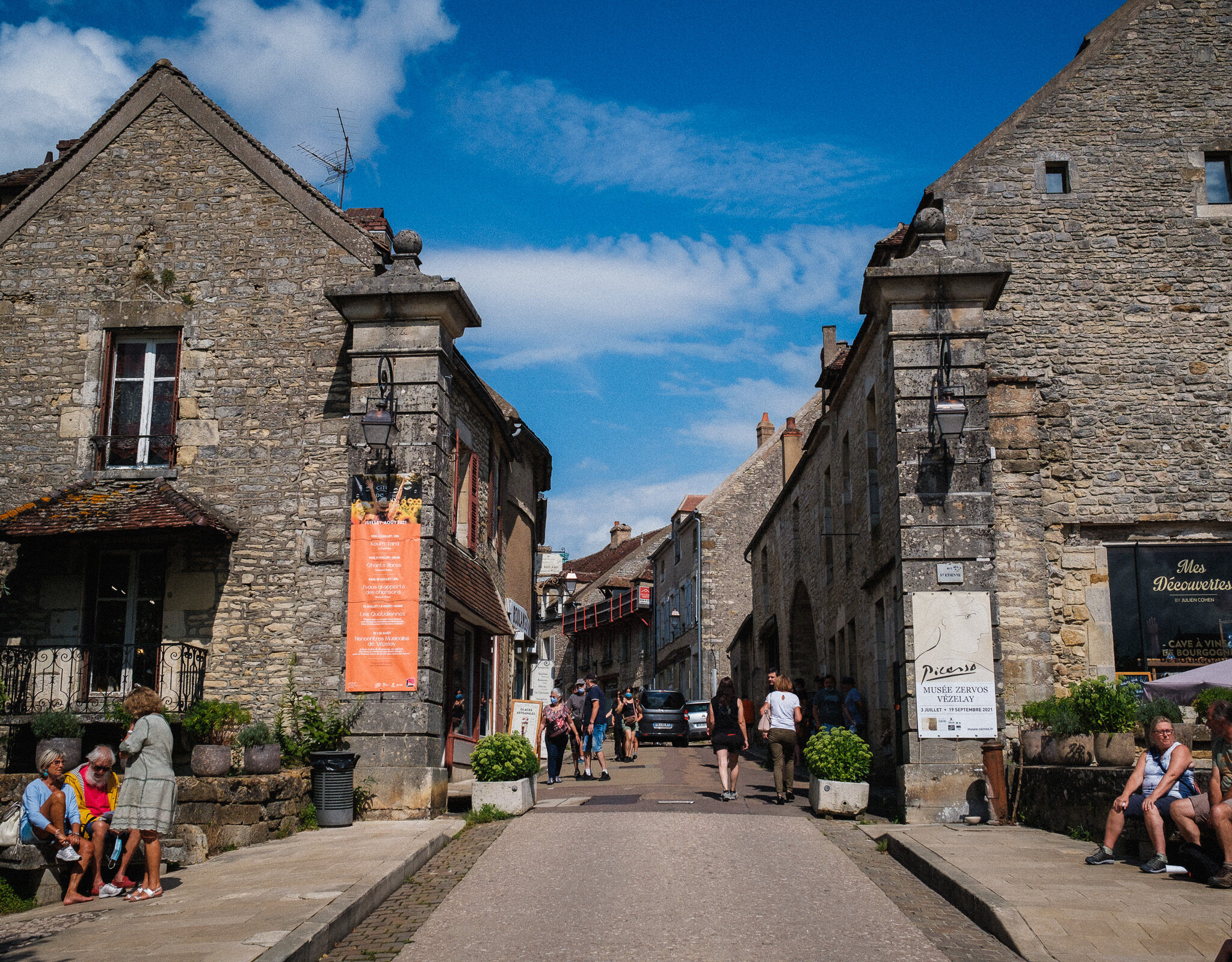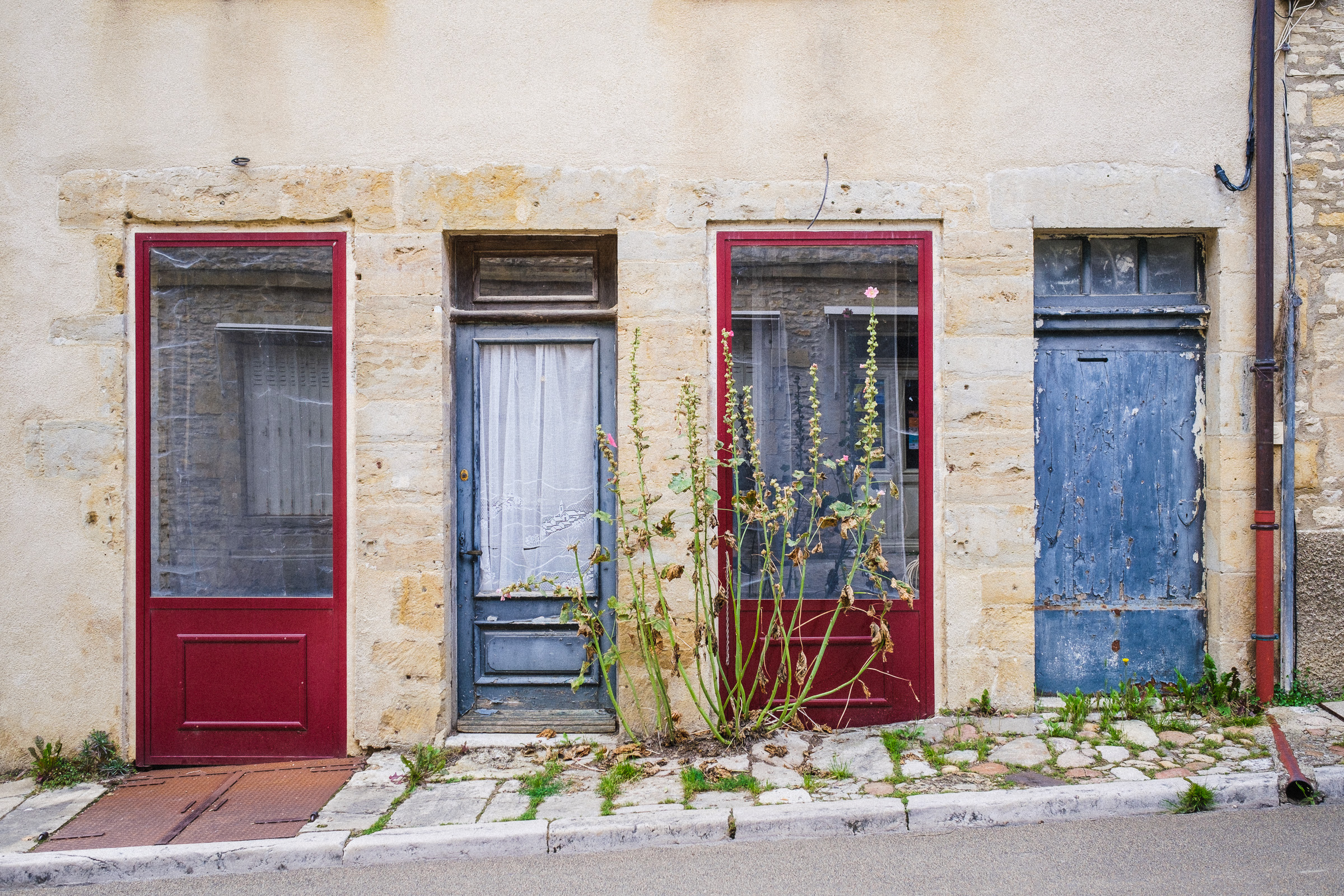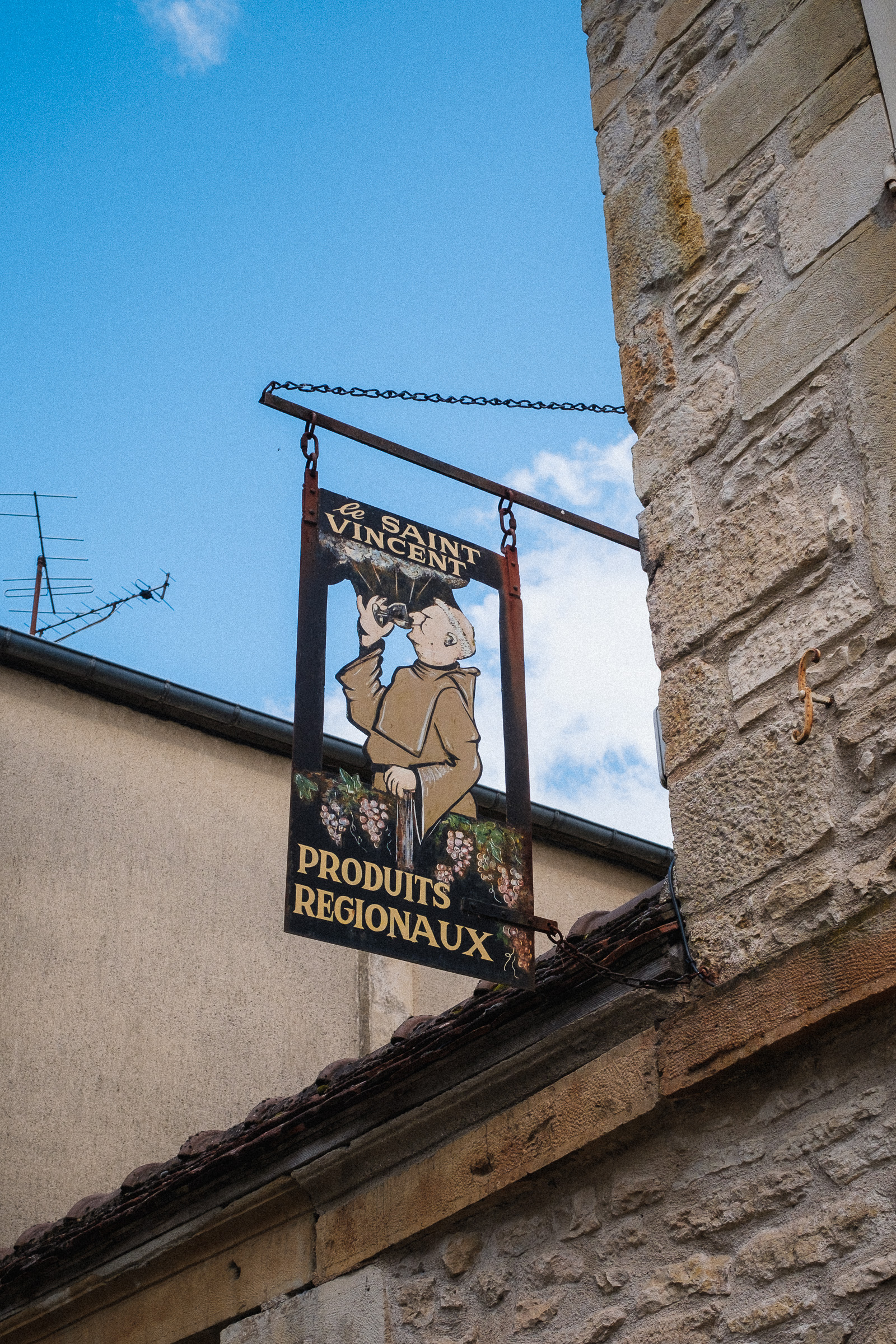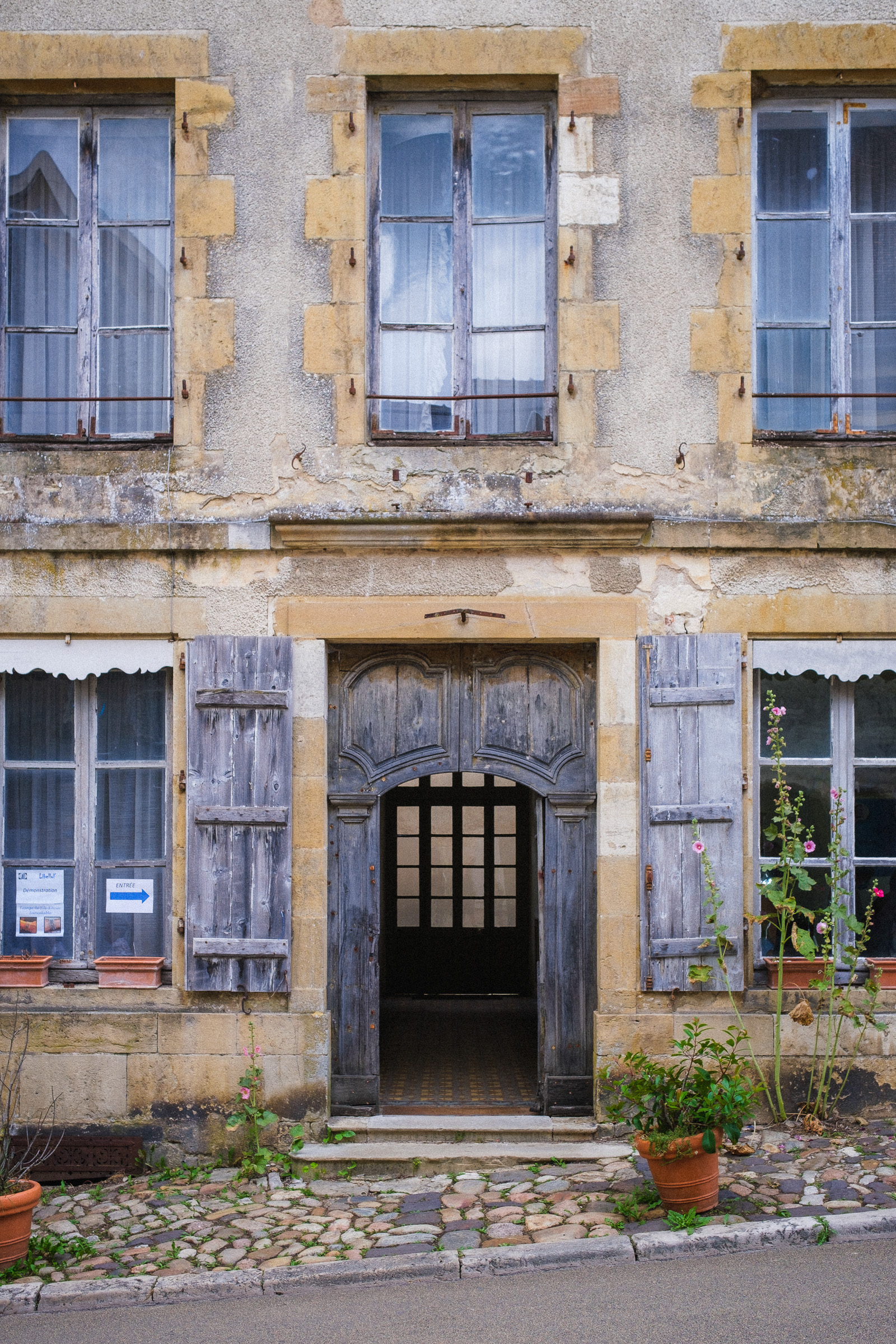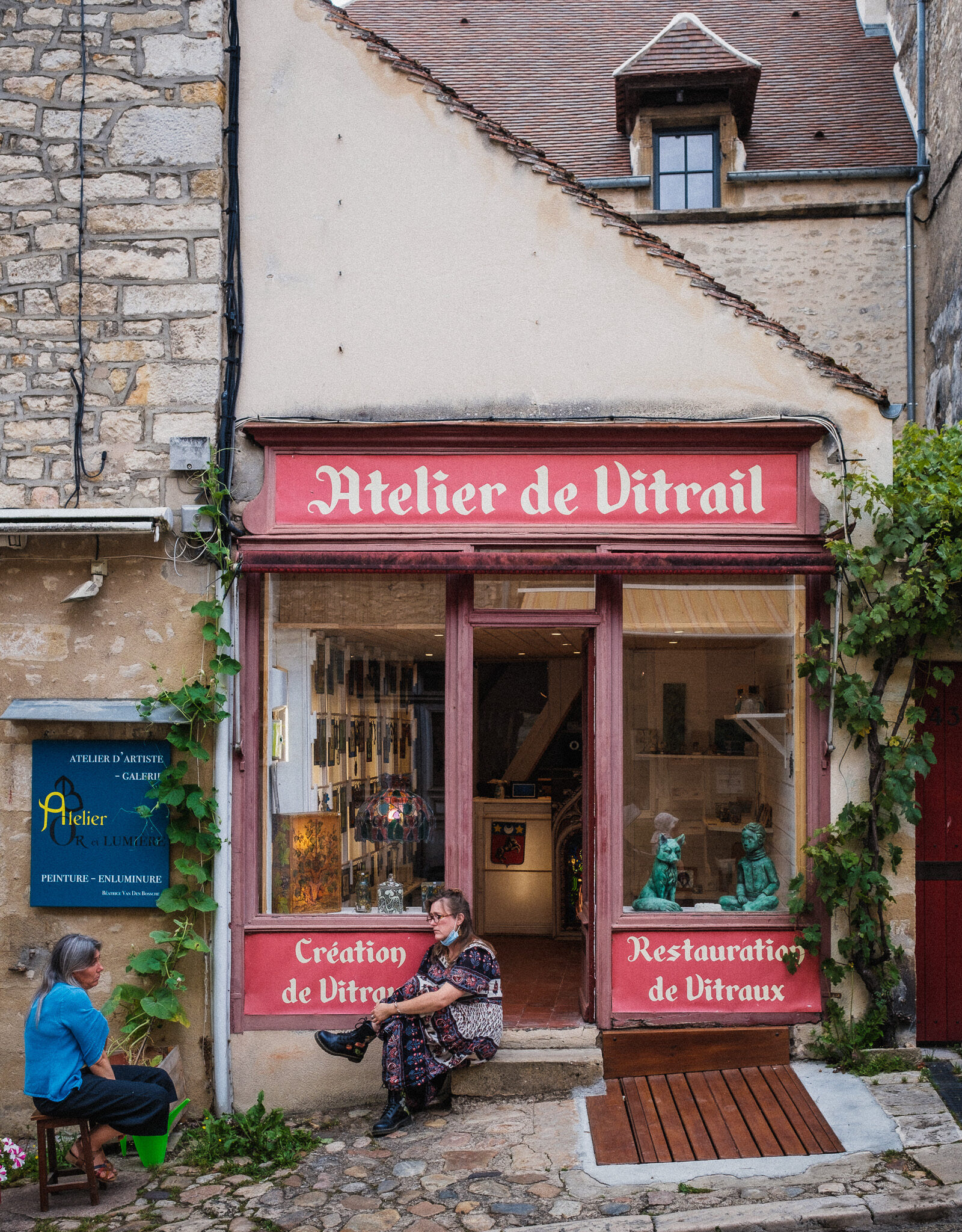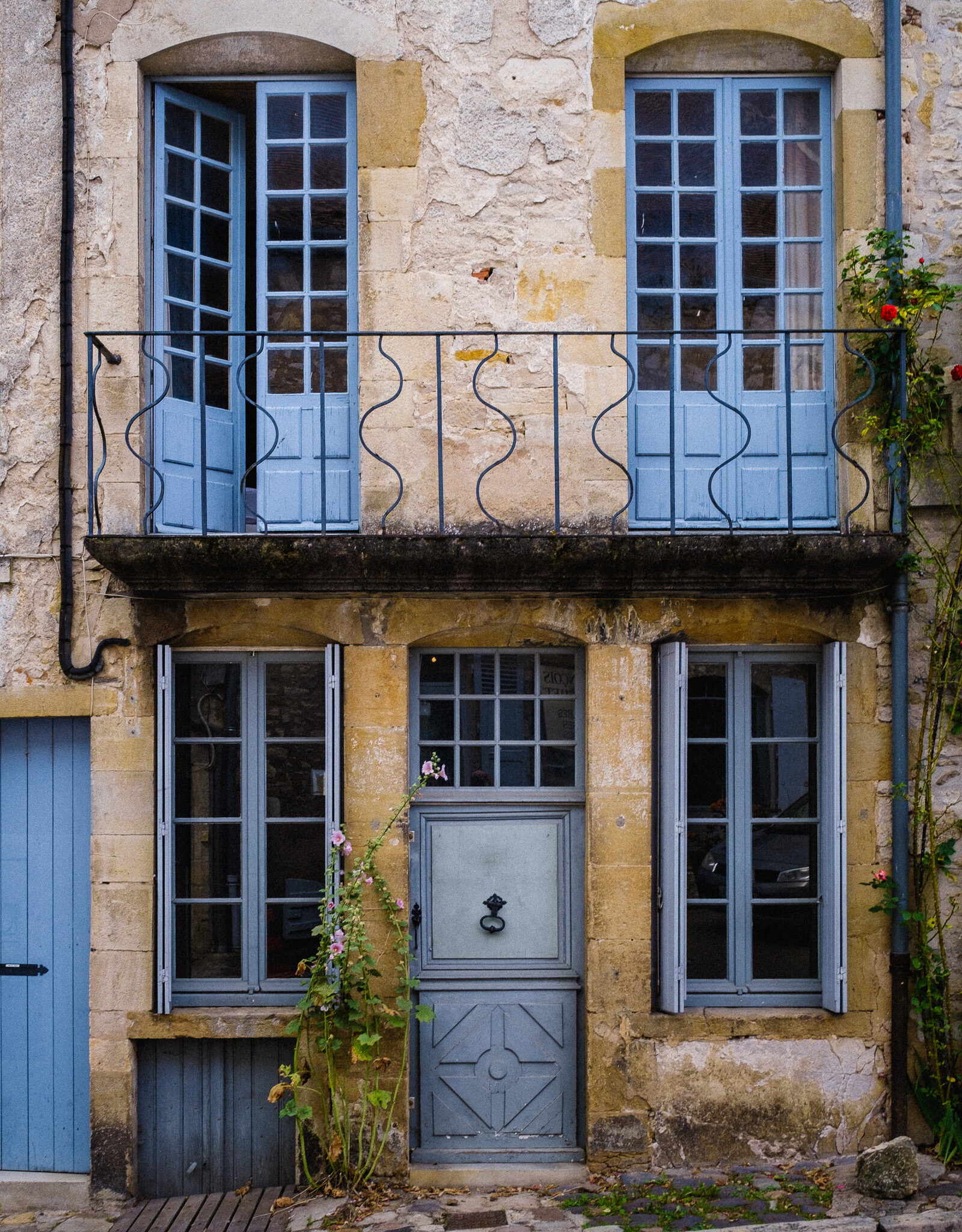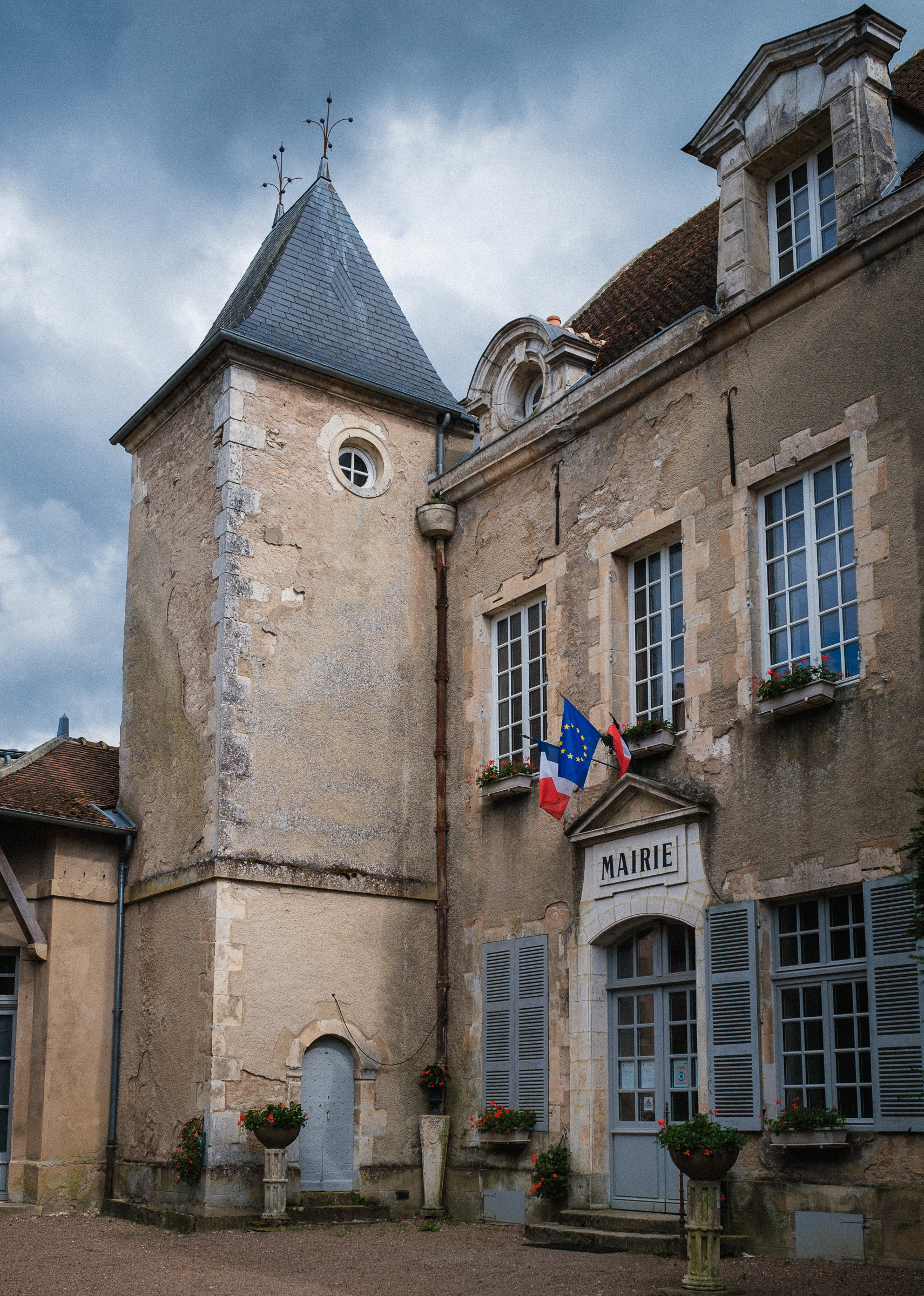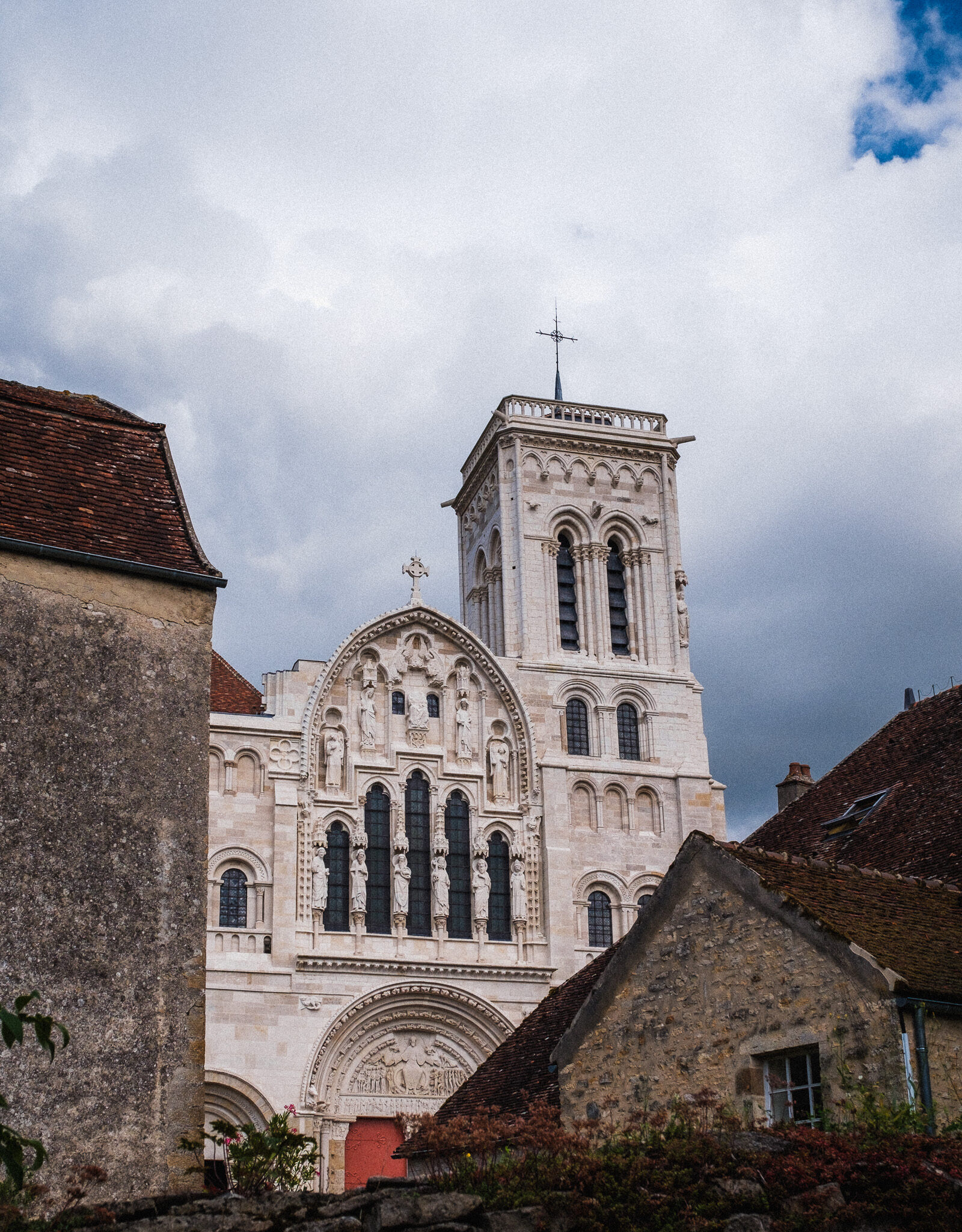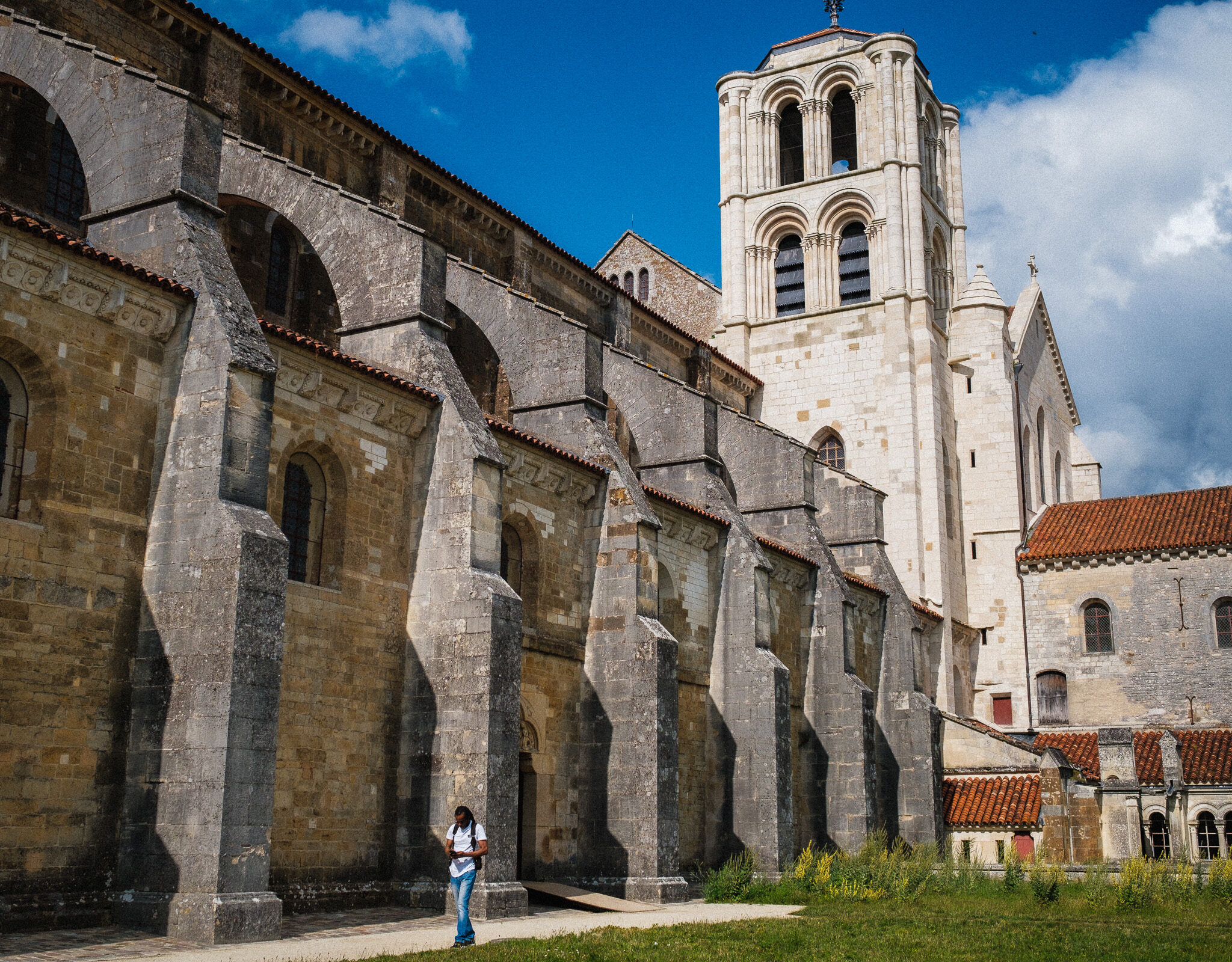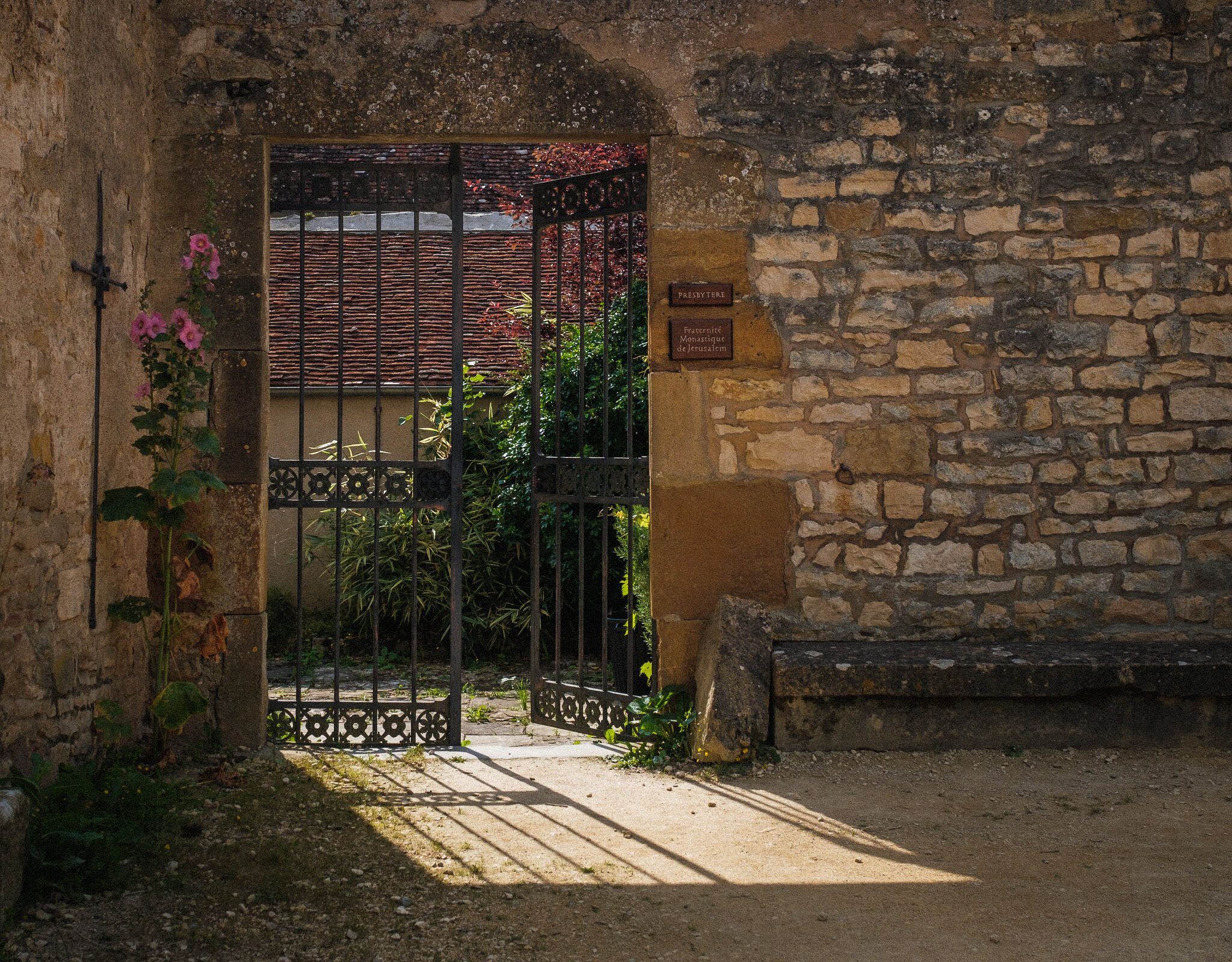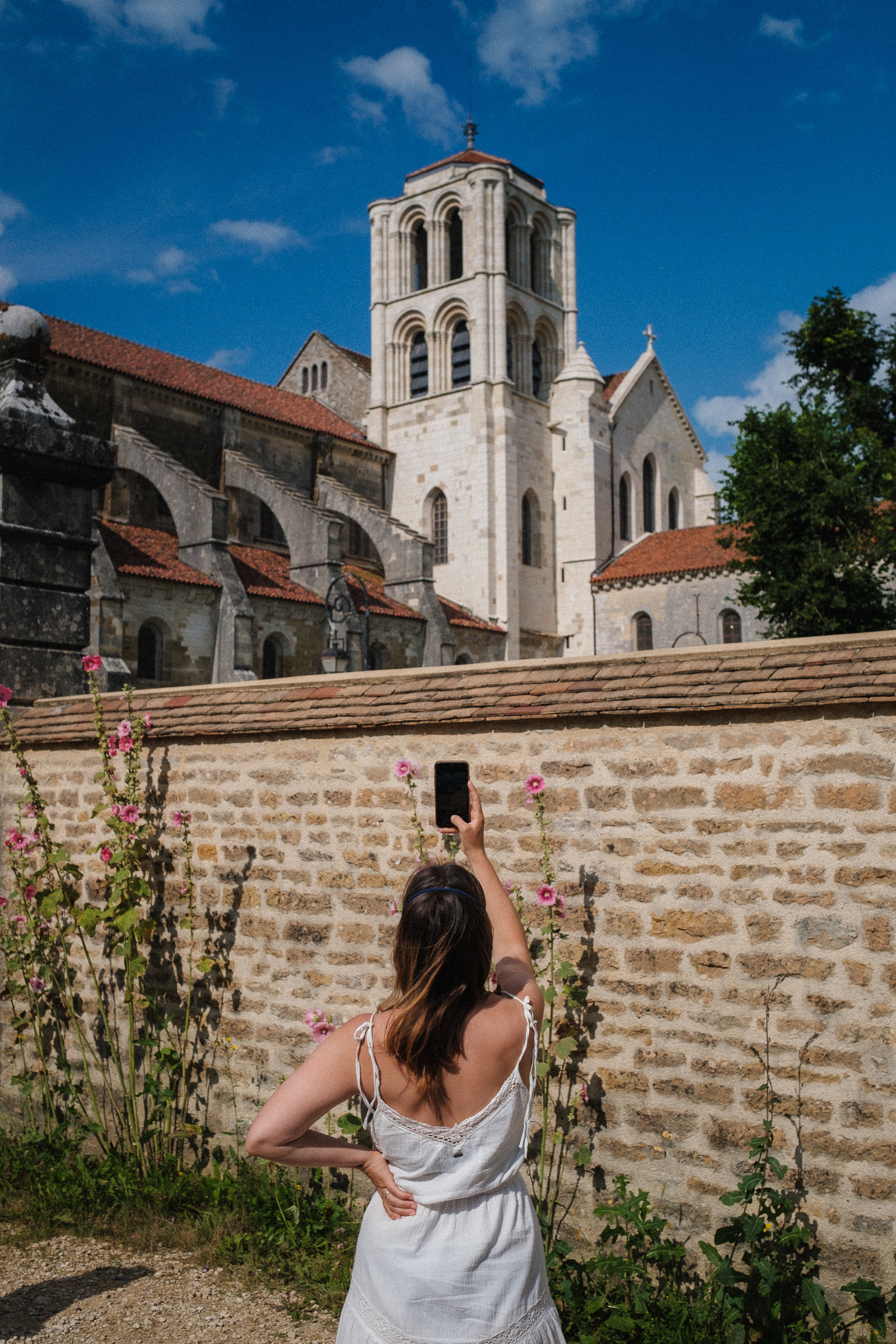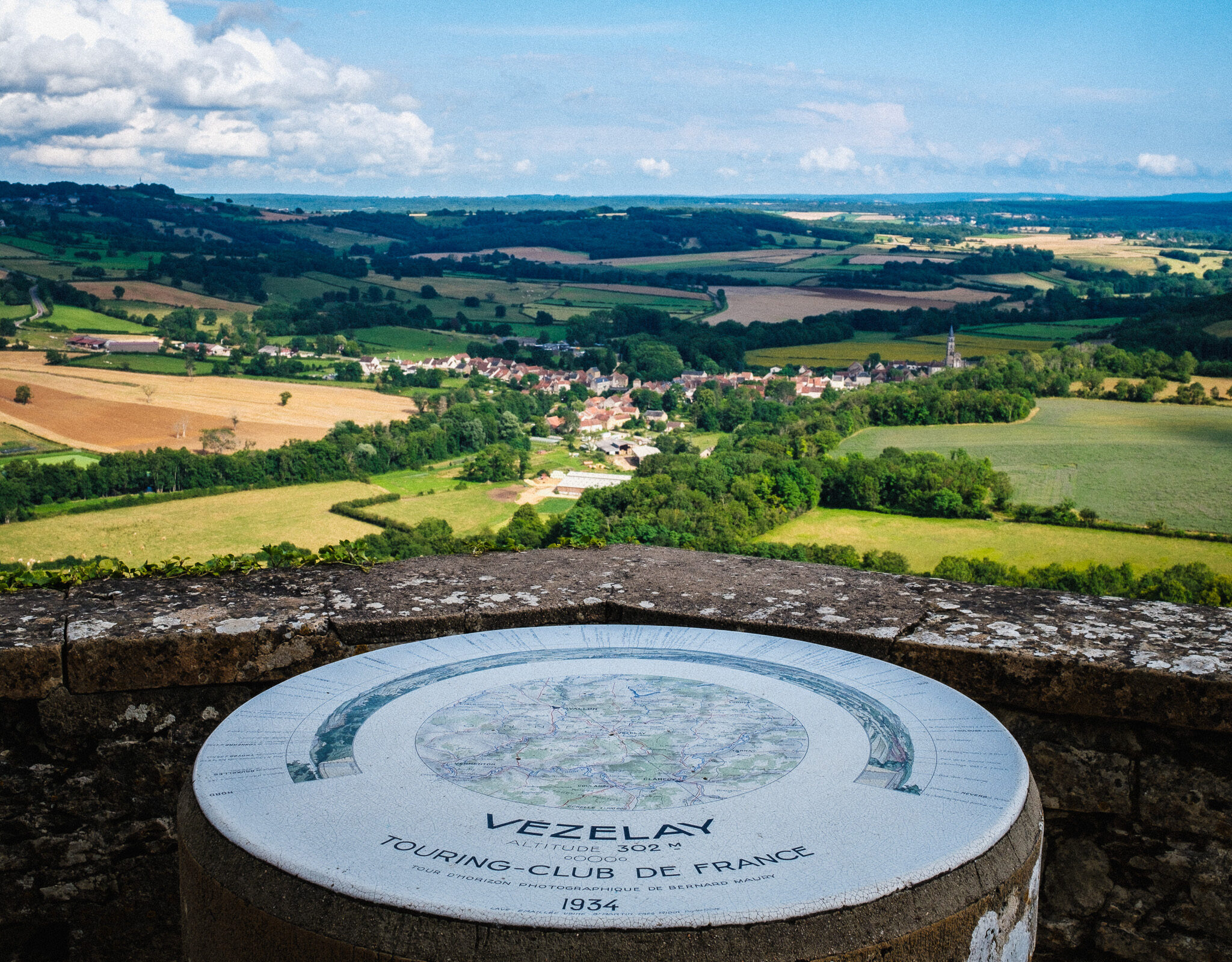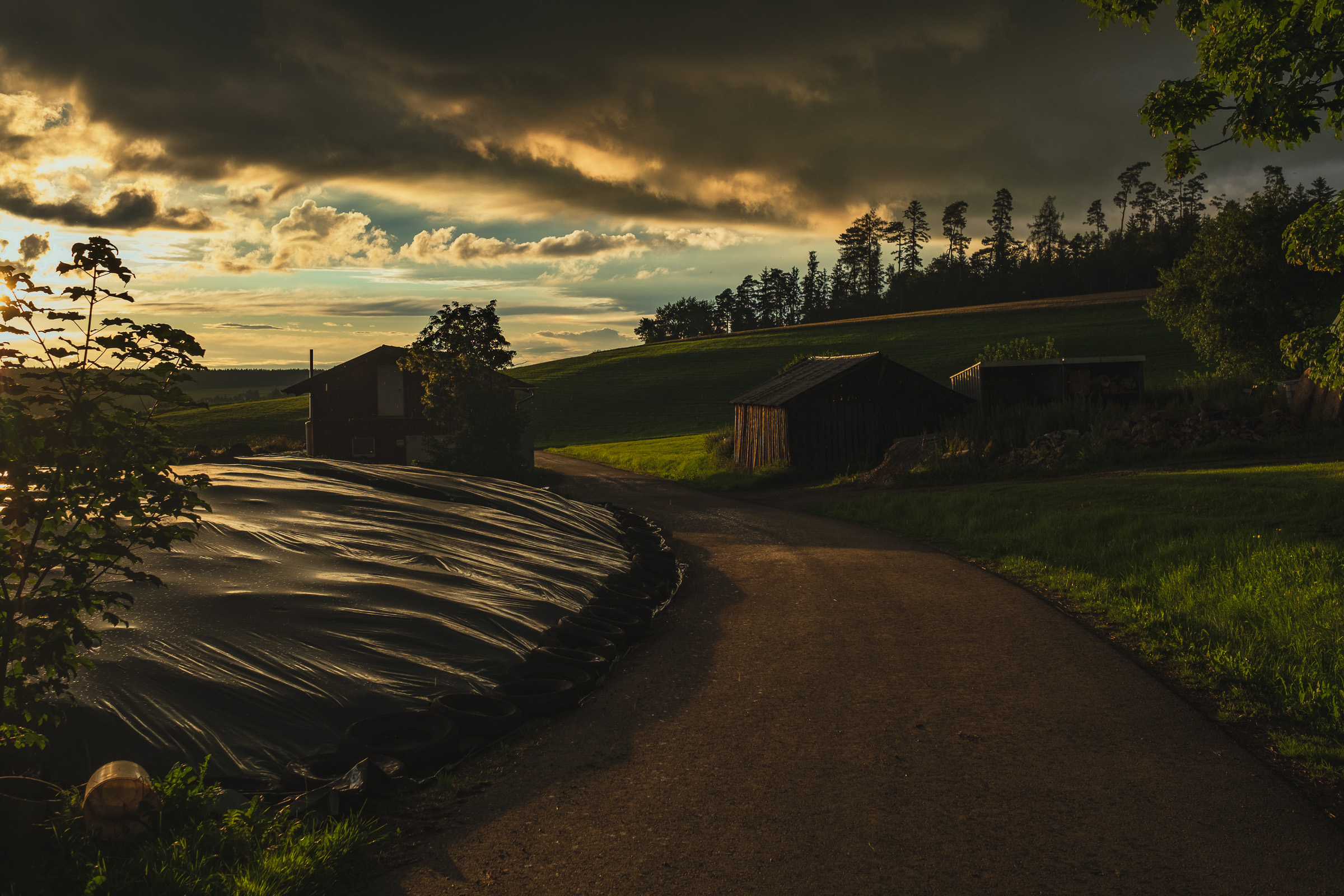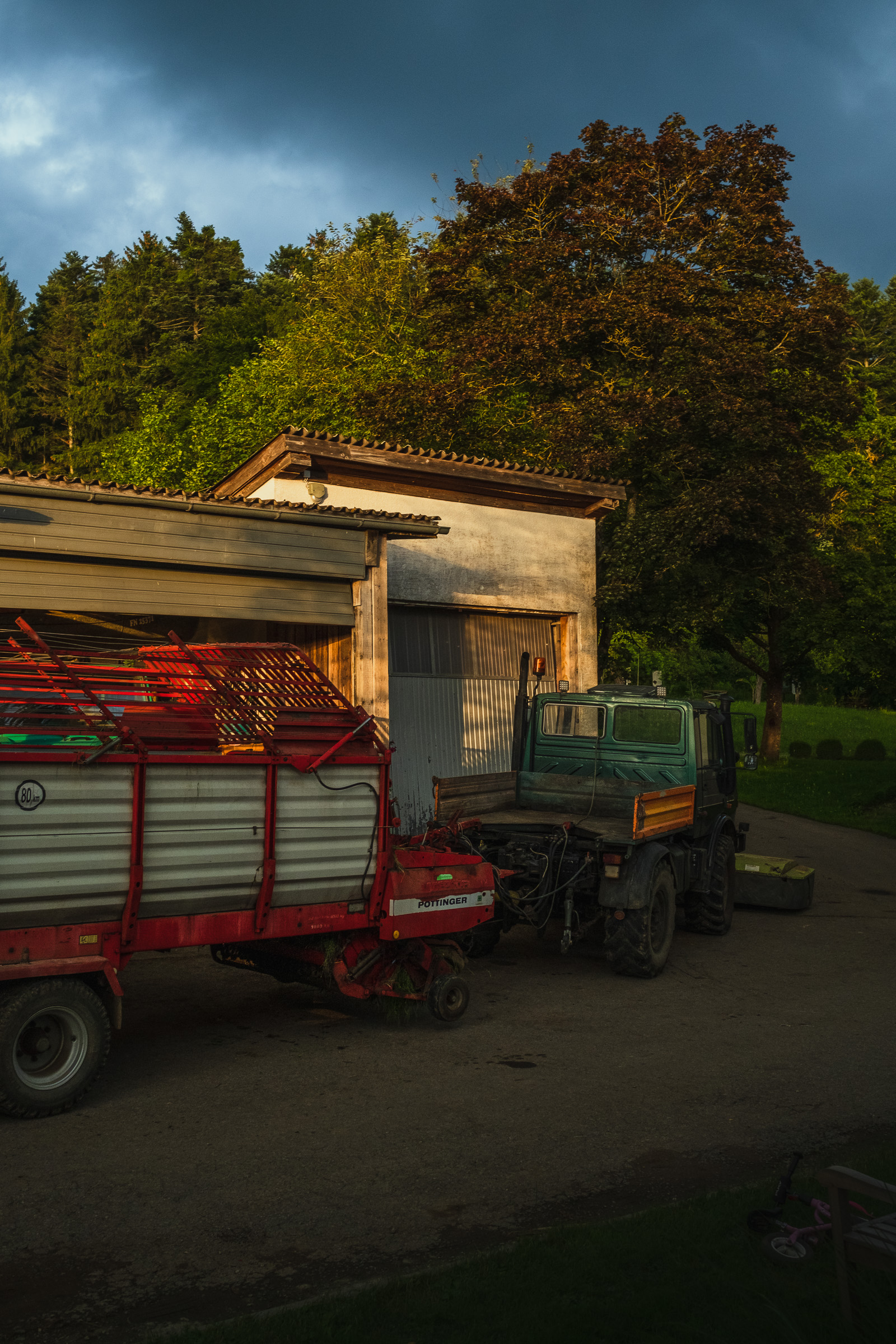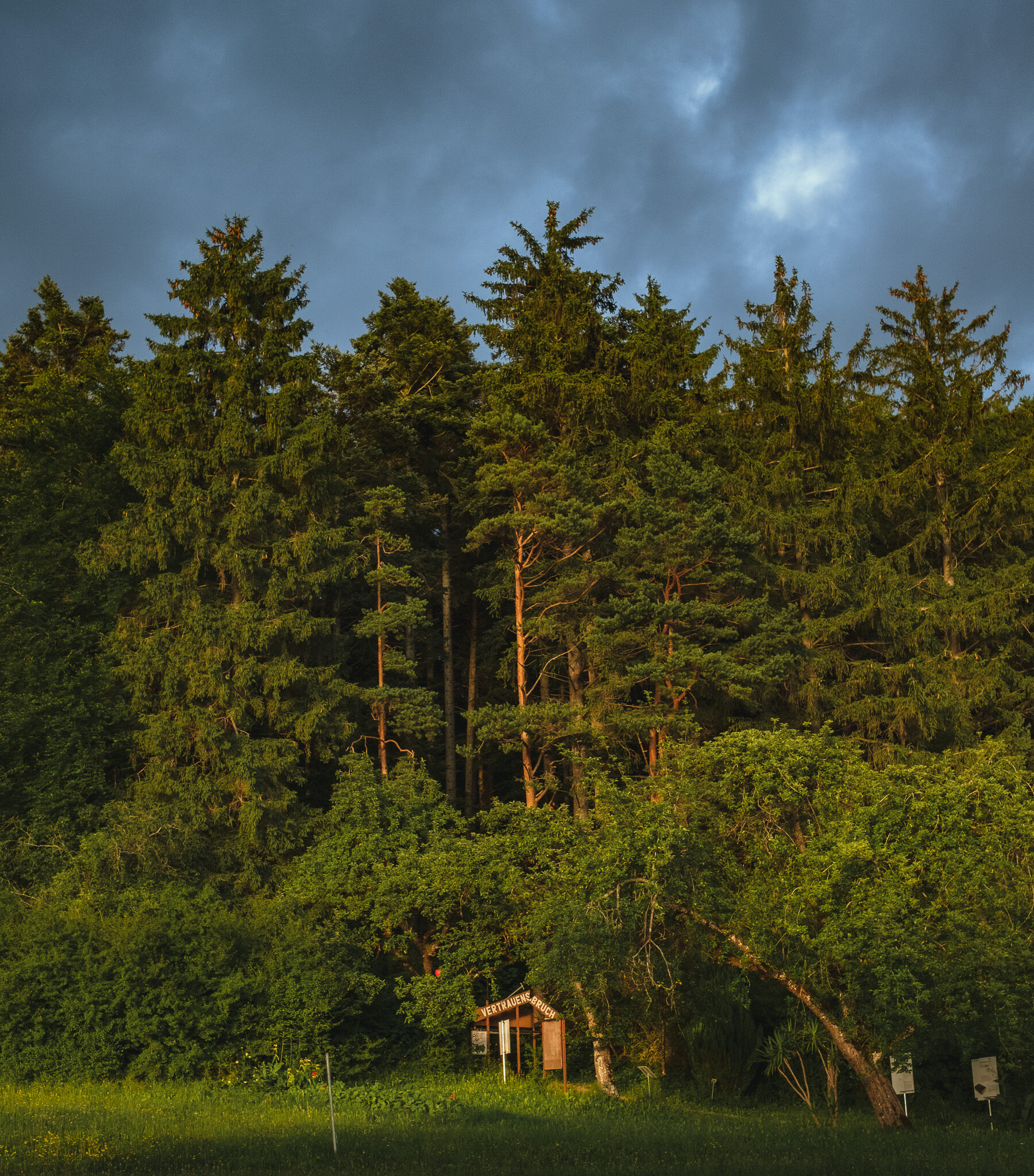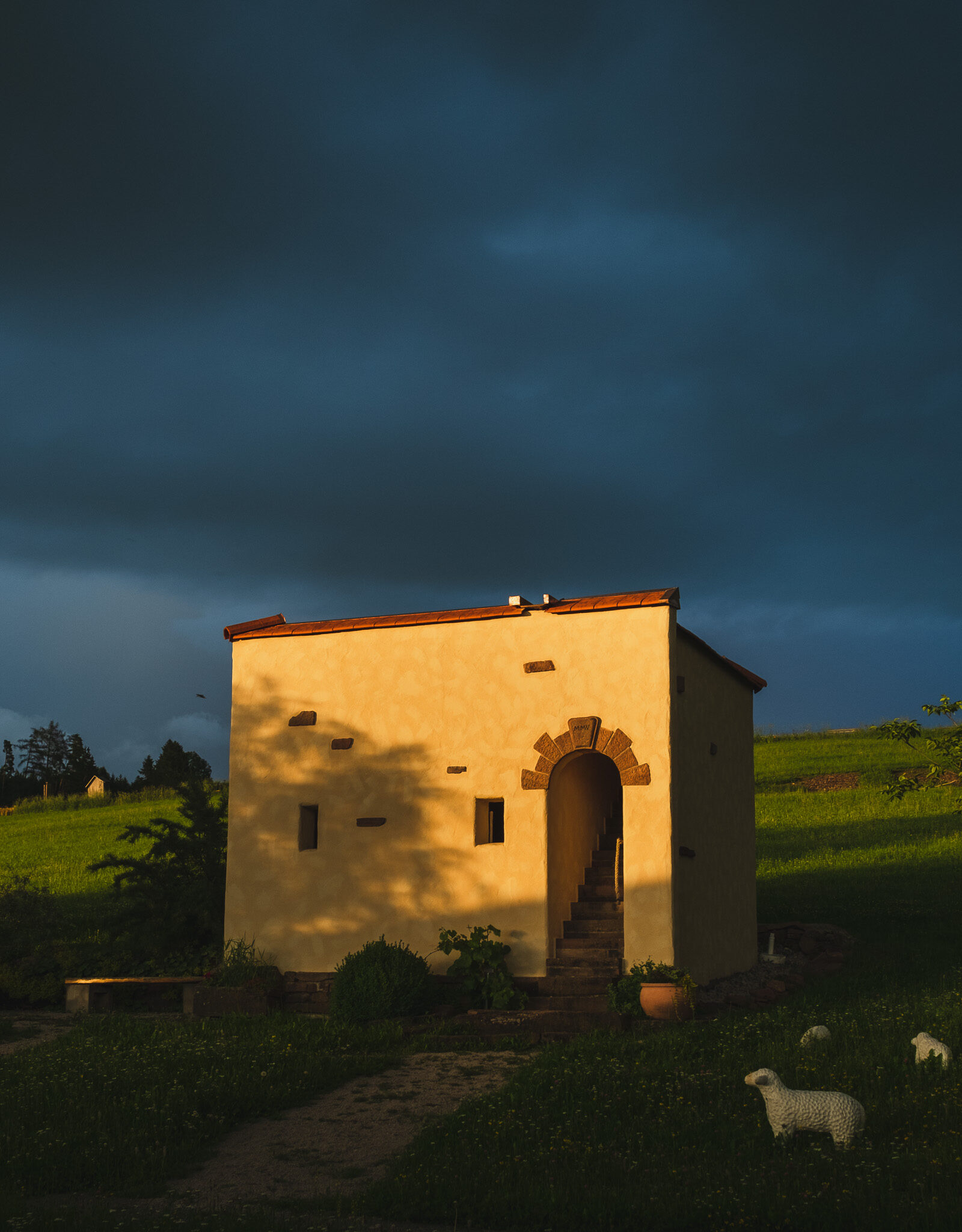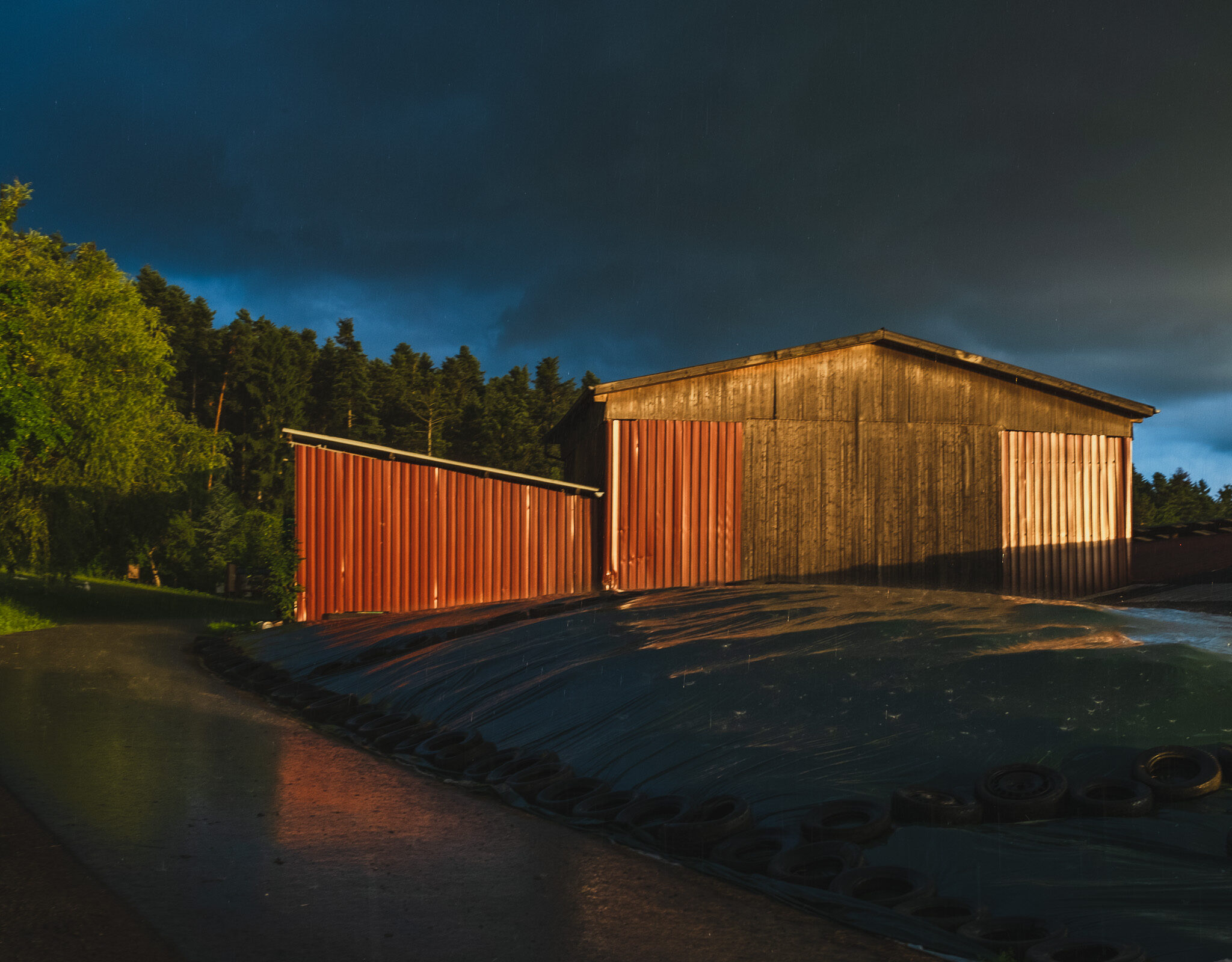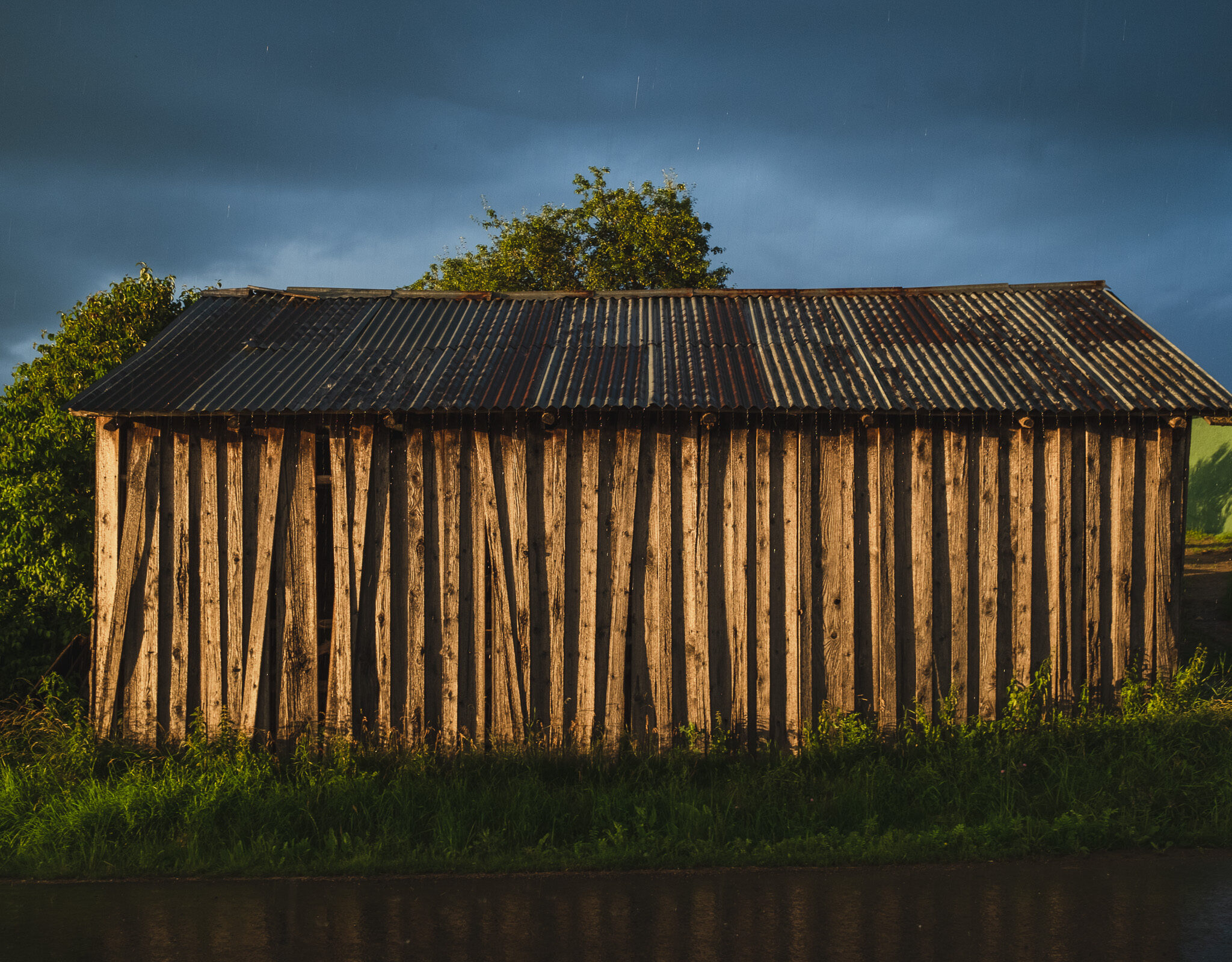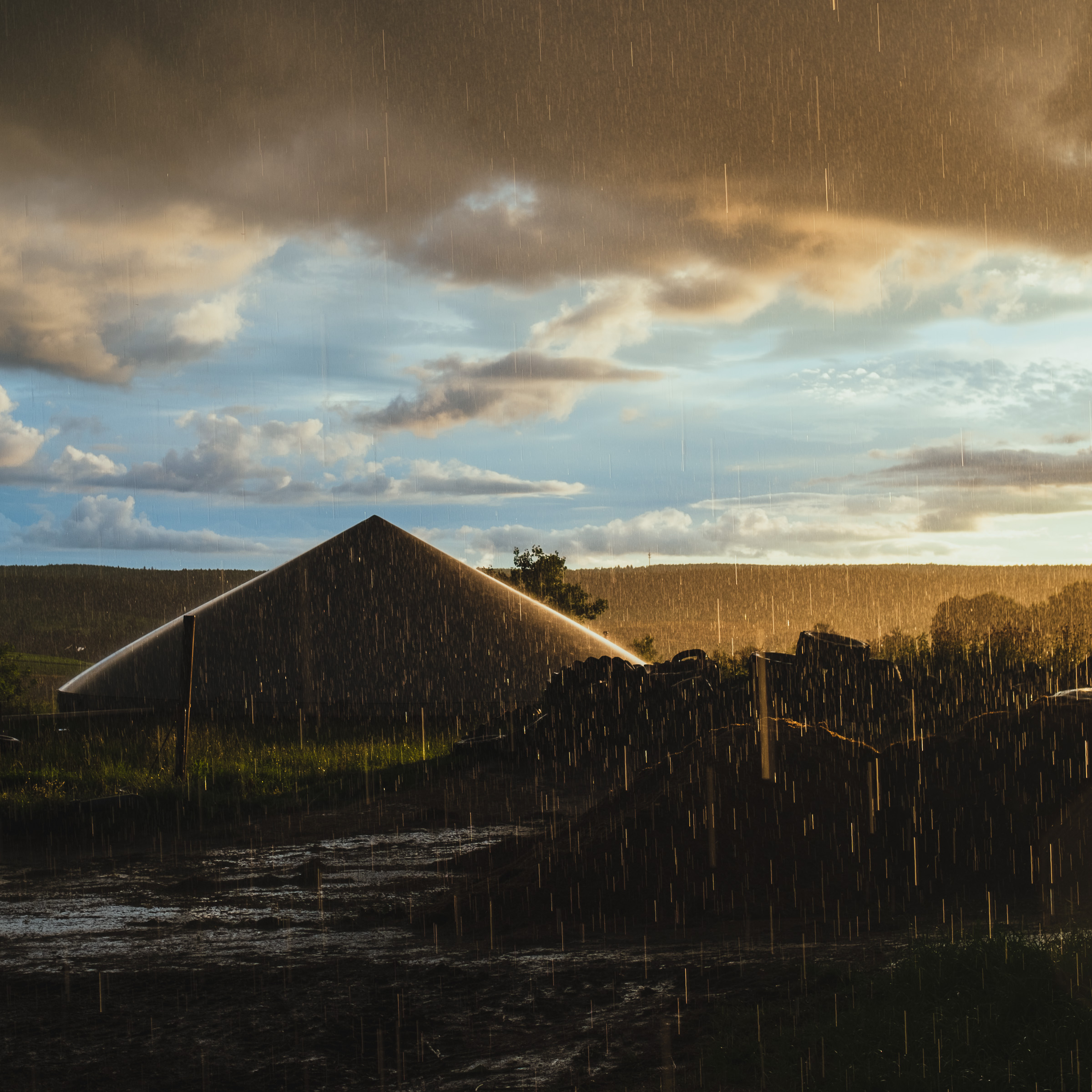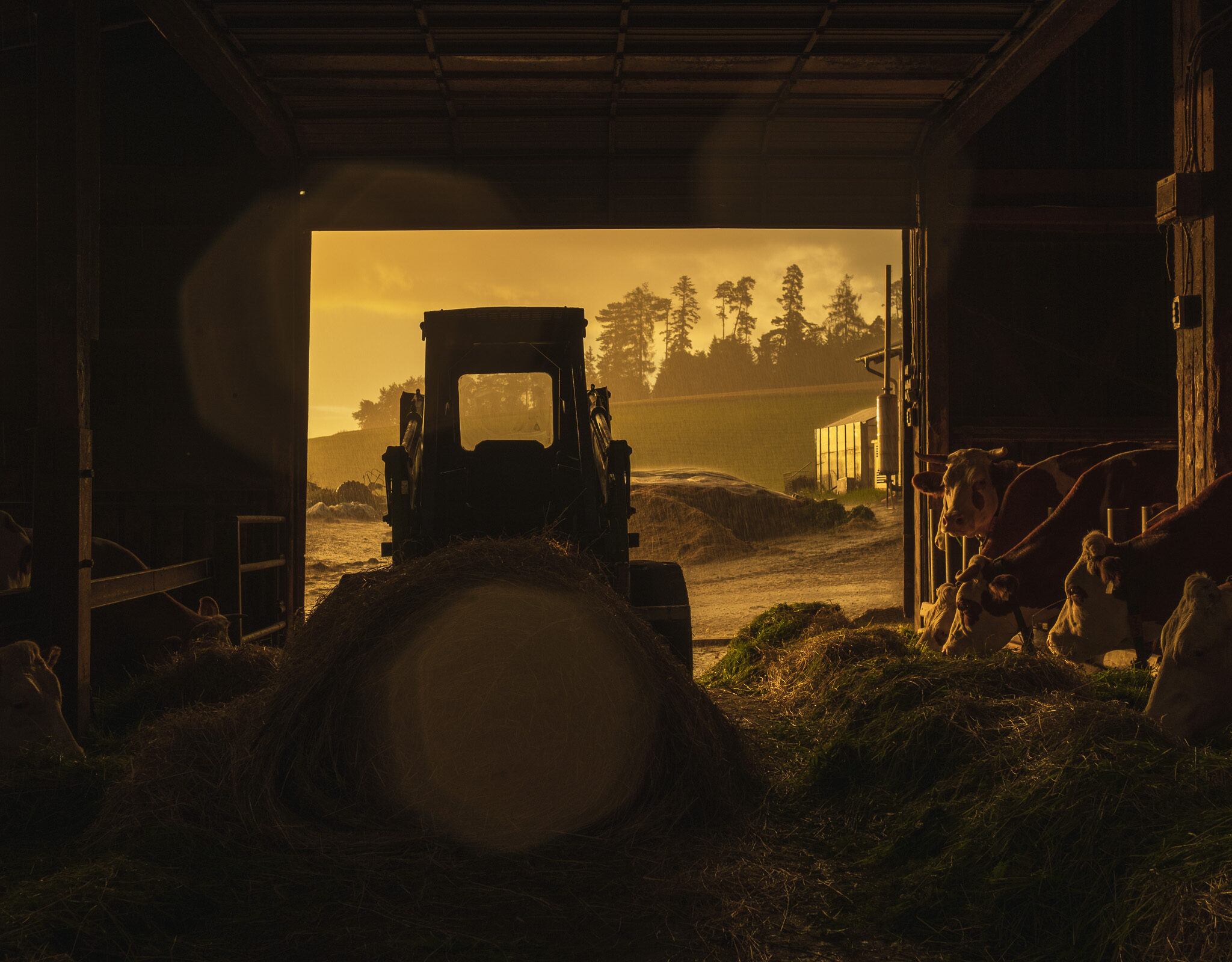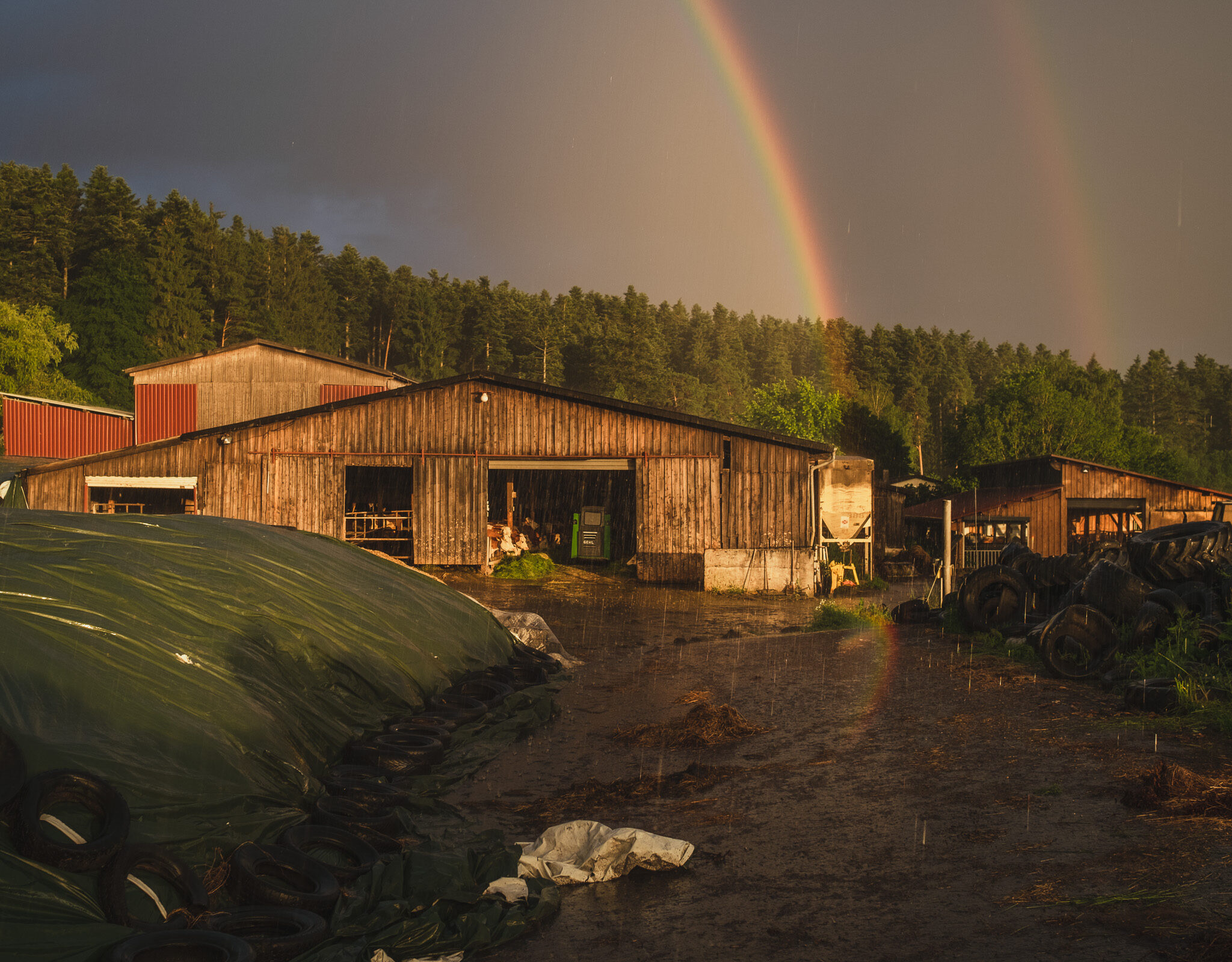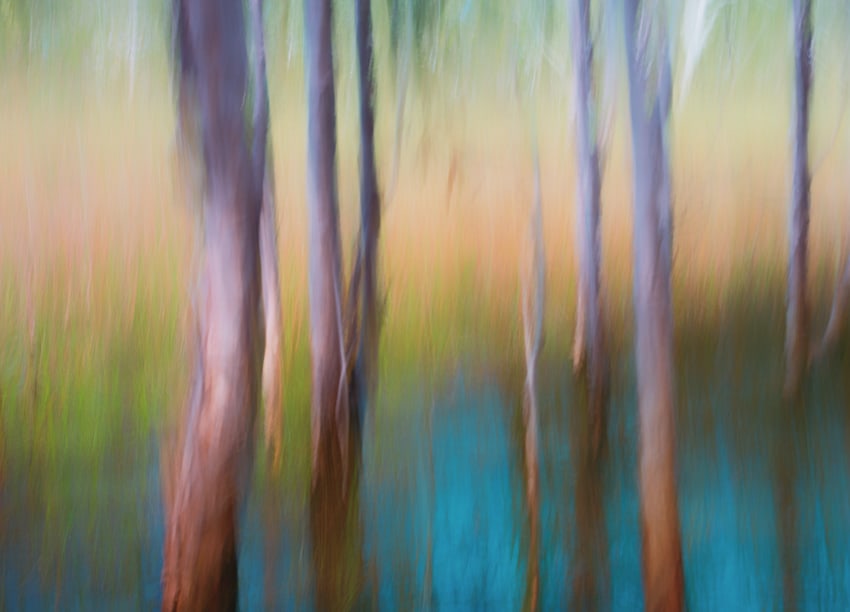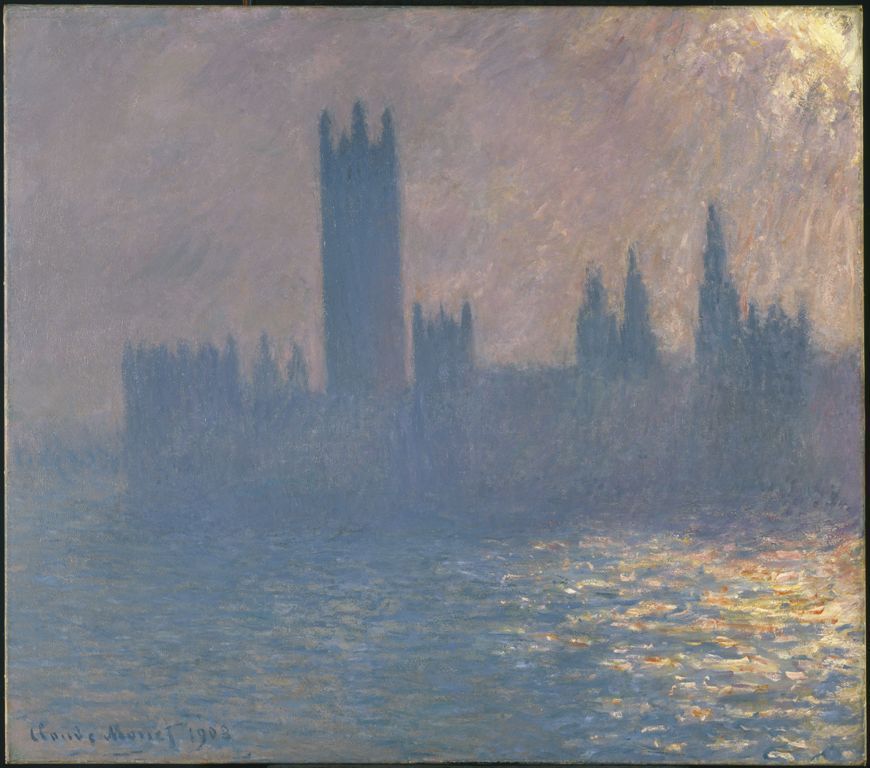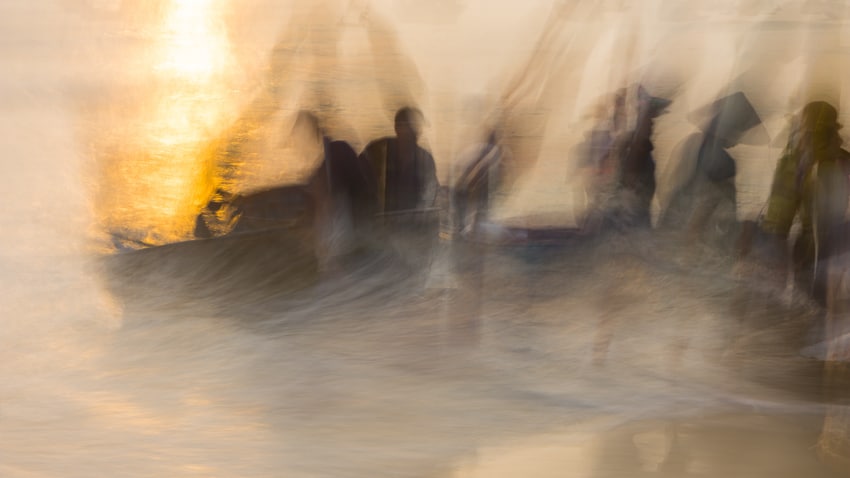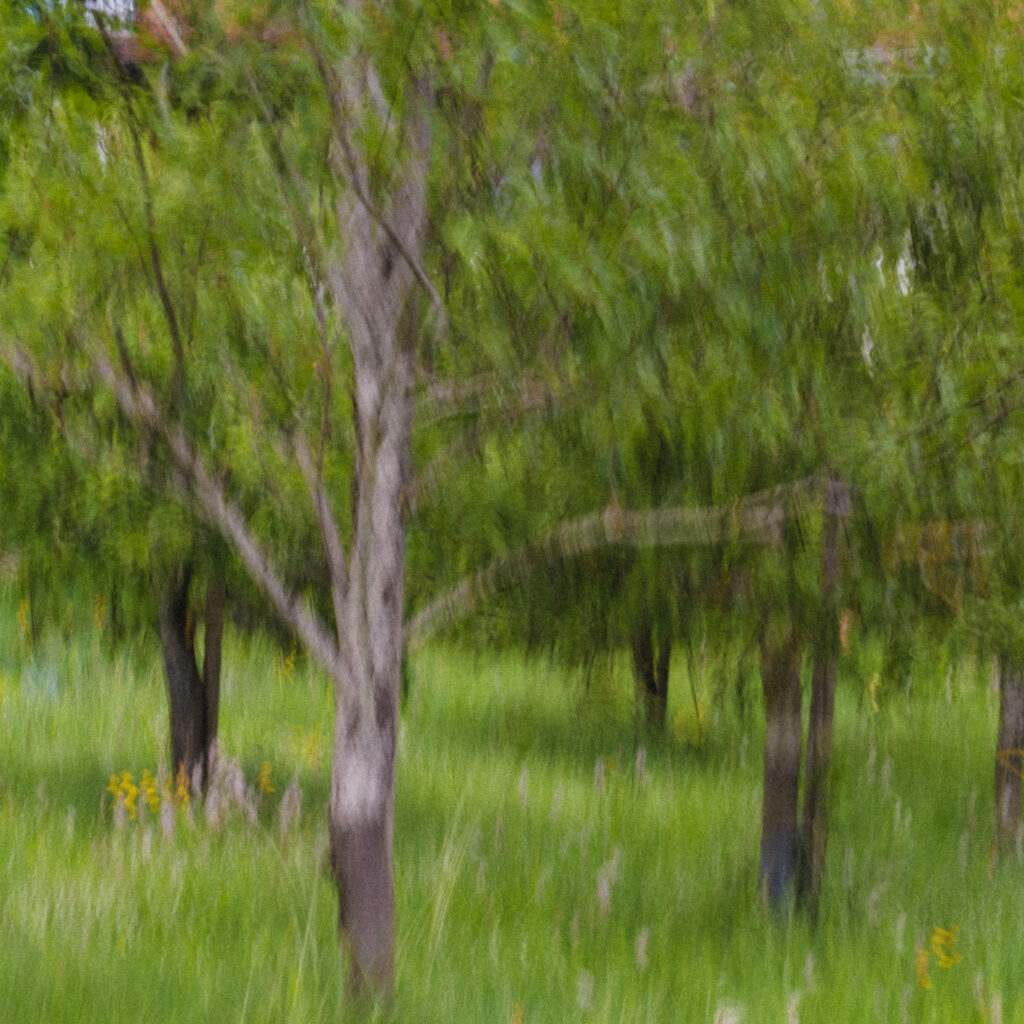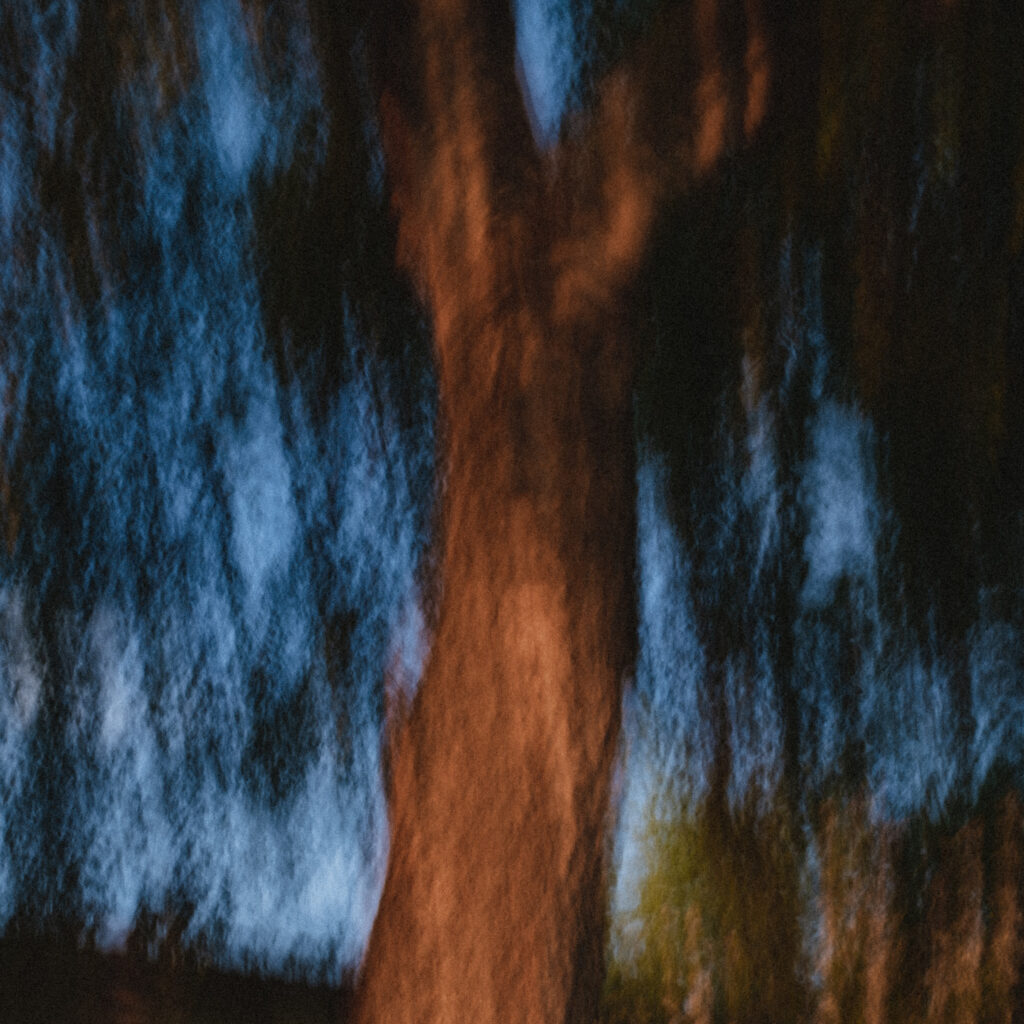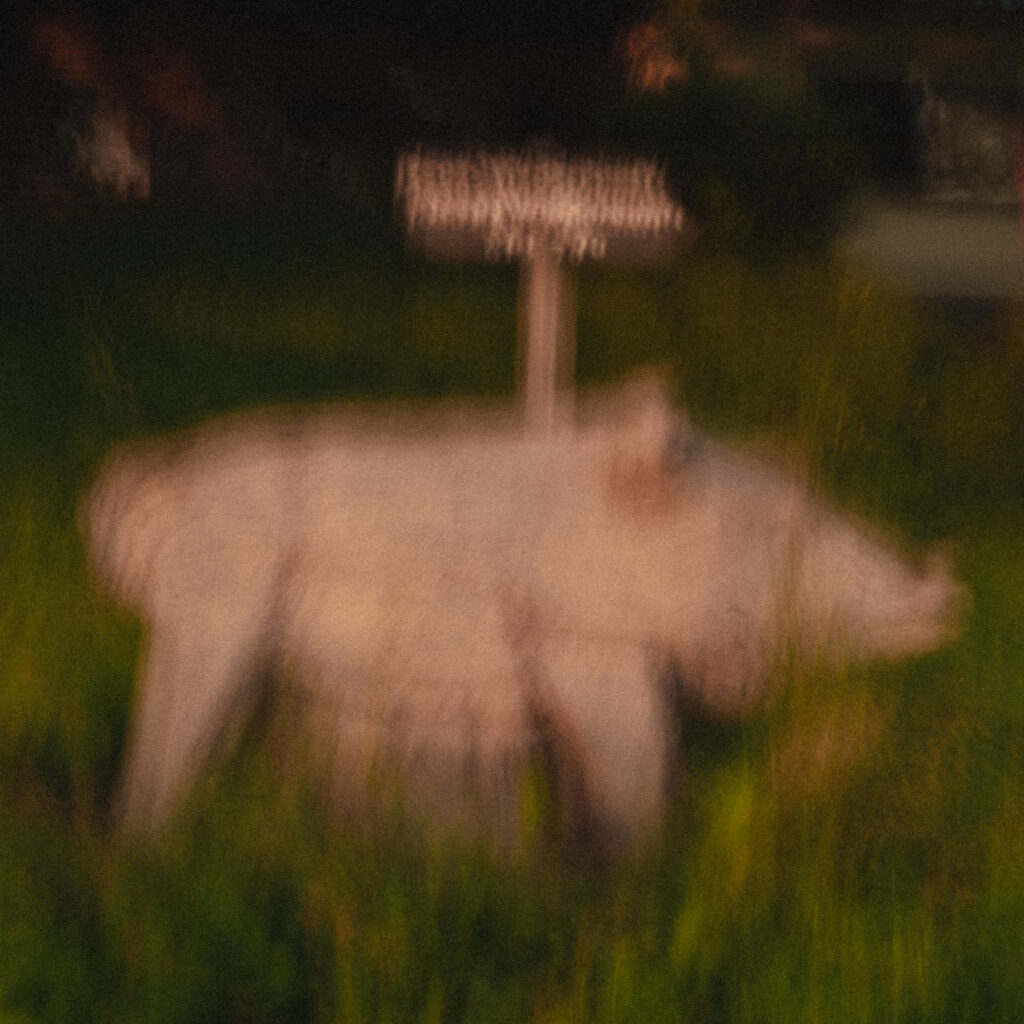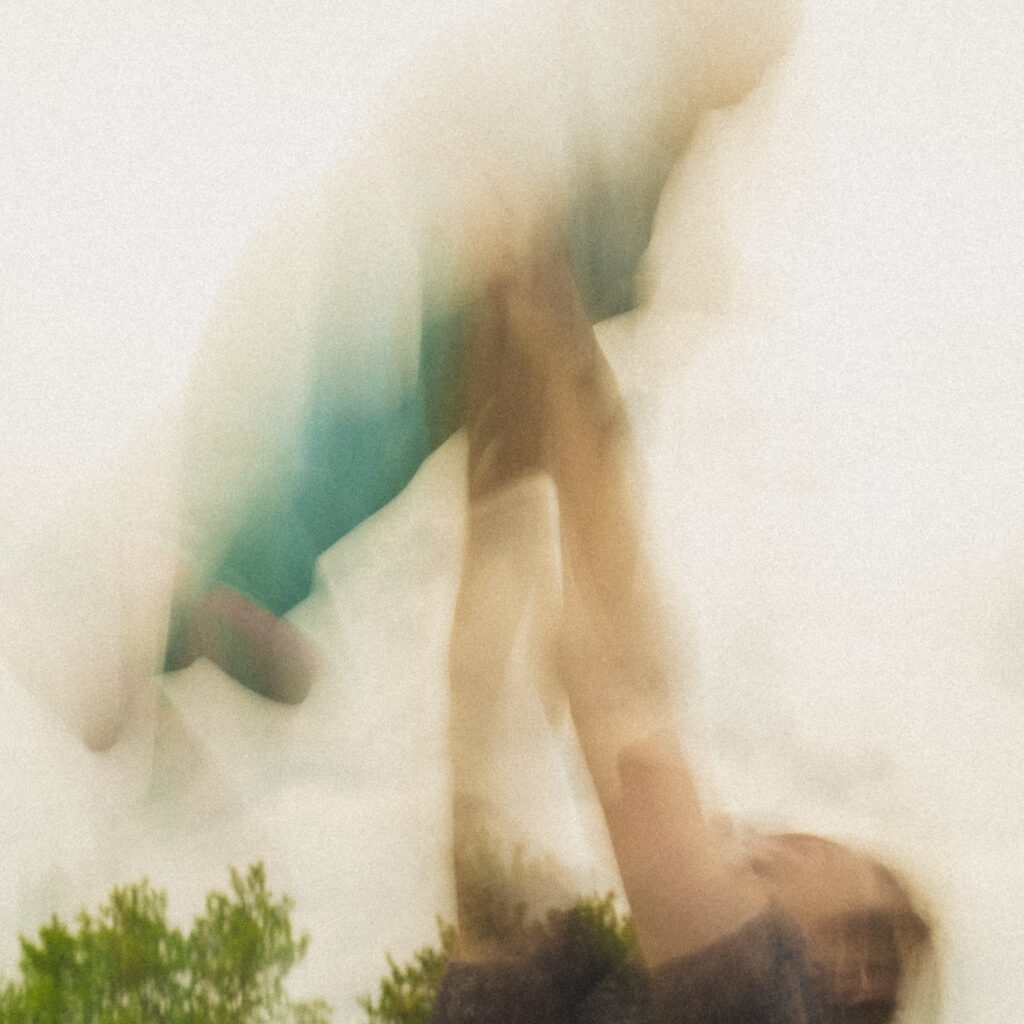Hi, my name is Lilli and I am a digital nomad and full-time travel the world with my husband and my two children. We also live vegan.
In this article I will share my experience with those of you who are interested in living a more vegan life, but are struggling with the practicability, especially while traveling.
A vegan diet is intimidating for many people. A lot of foods in our Western culture are based on animal products. Excluding them is unthinkable for many of us, even in the eye of the cruelties the meat, egg and dairy industry are well known for. Our cultural habits are so strong and the social alienation, that comes with changing the diet, seems too deterrent for some of us, so we make up excuses for not making, what we know would be the morally right thing to do.
If this is you, I want to let you know that you are not alone. I followed an omnivorous diet for the most time of my life, I have been there and I know how overwhelming it can seem to make dietary changes, especially when you don’t have a social circle to support you.
But I have learned a lot during my last year as a vegan nomad and I promise you, it is much easier than it may seem and there are no vegan travellers starving out there!

While we are traveling, we place ourselves into unknown environments in which we don’t navigate as effortlessly. We have to get to know everything from scratch. While this is exciting and beautiful, it is also exhausting when this uncertainty takes over things of the daily life we want to feel a sense of security about, like having a good nights sleep or a full stomach.
Thankfully we live in the age of information, where we have Googlemaps guiding us towards the next grocery store or have apps like Happy Cow or Vanilla Bean, where we can easily find the nearest restaurant the offers vegan options.
This already leads me to my first tip to maintain a vegan diet without experiencing a negative impact the quality of the traveling experience:
- Research vegan restaurants beforehand
Every newbie vegan knows the frustration of spontaneously walking into a restaurant and realising every-single-dish contains some sort of animal product. You often times wonder: “Why the hell do you need dairy in this?” or “Is this chicken really adding flavour to this Curry?” Of course not, but it is what it is, and you making the transition will impact the pace of the progress. So whenever you’ll find a vegan product or a vegan dish in a restaurant you can be proud of yourself, because you helped to achieve this too!
Okay, but what do you do in order to get great food on you holiday in the meantime? As already mentioned, there are amazing apps out there that offer you insights into the kind of restaurants that serves food suitable for a vegan diet, but sometimes their lists aren’t complete so don’t be sad if you don’t immediately find a close-by vegan restaurant on the apps.
The Yelp app also recently added a filter option for Vegan- and Vegetarian-friendly restaurants. The filter is somewhat hidden in the subcategory “Restaurants”, where you’ll find it at the very bottom of a long list of culinary categories.

I experienced, that most restaurants that are listed as “Vegetarian” also offer vegan options, because the audiences overlap largely. It is good to know, that many countries also use the word “vegetarian” but mean “plant-based”, which is the same as “vegan”. To avoid cultural confusion its good to double-check. The translator deepl.com works amazingly well and can be used to research the question in any language.
“este prato contém produtos de origem animal?” Was one of the first sentences I memorised when I came to Portugal.
If you don’t find any vegan options listed online:
- Ask for it!
I never had any negative experience when asking politely asking in a restaurant if they could veganise a dish from the menu. In fact, some waiters even offered proactively to veganise an existing dish for us. The worst thing that can happen, is that they have inflexible processes, can’t make anything nice and you are left with a boring salad or French fries.
I am also convinced that by asking for something vegan, we are making the demand for vegan options more visible, then if we would simply go home hungry. We don’t have anything to lose and everything to gain!
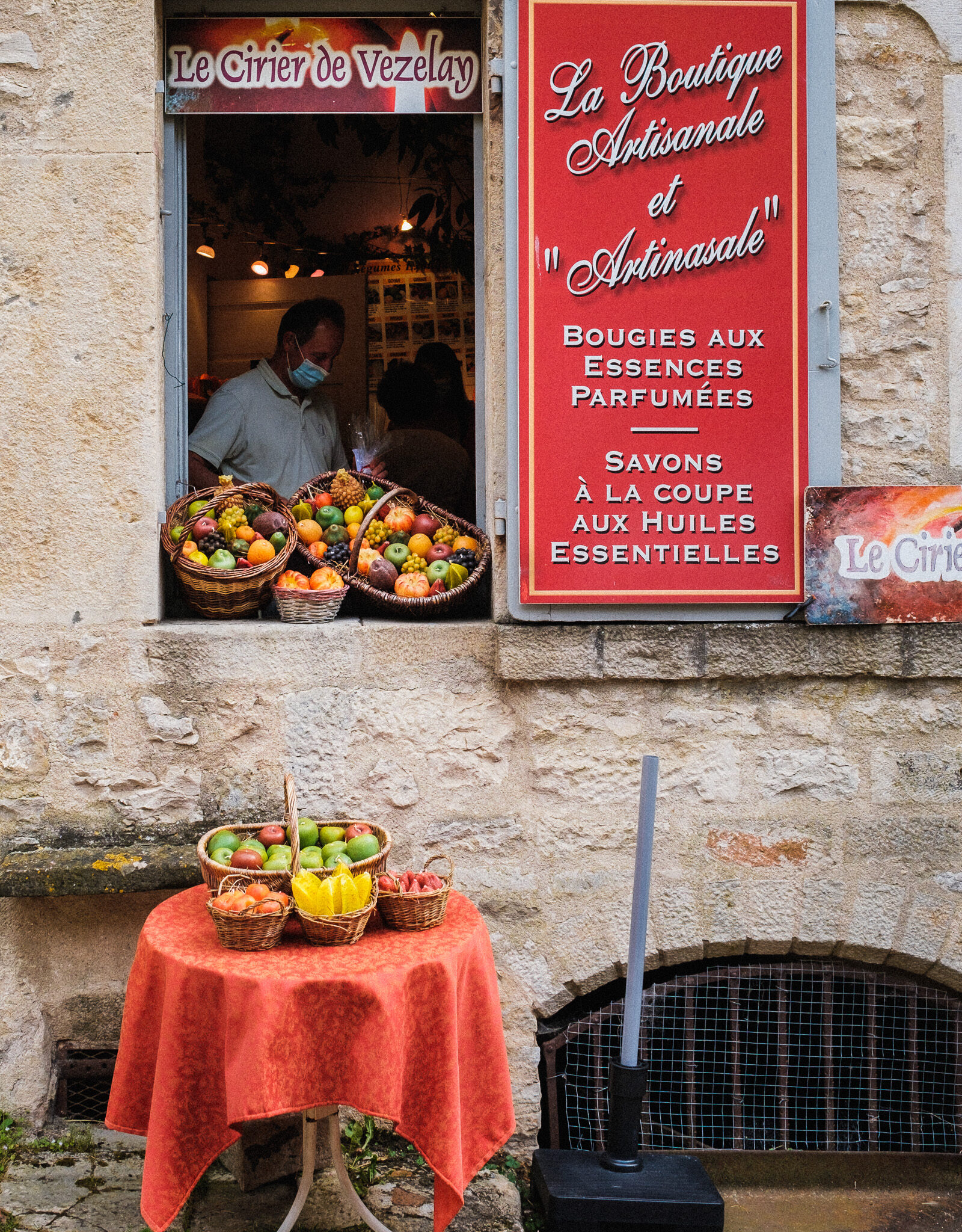
- Cook yourself when traveling remote places
No matter if you like to camp, travel with a van or prefer the comfort of a Airbnb: If you like to travel to remote places, the density of restaurants will be lower. In more rural areas, you will generally find more traditional cuisine than in metropolitan areas. In countries with a food culture heavily relying on animal products, it will get exponentially harder to find vegan-friendly places to eat out.
When we stayed in France, we visited some rural places in Burgundy and the Champagne-Adrenne region and the only thing we could eat out were French fries. My body and health weren’t too excited about this prospect. Being vegan also means that you will have to know a thing or two about including sufficient nutrients in your diet and it is generally good advice to learn the basics of vegan cooking.
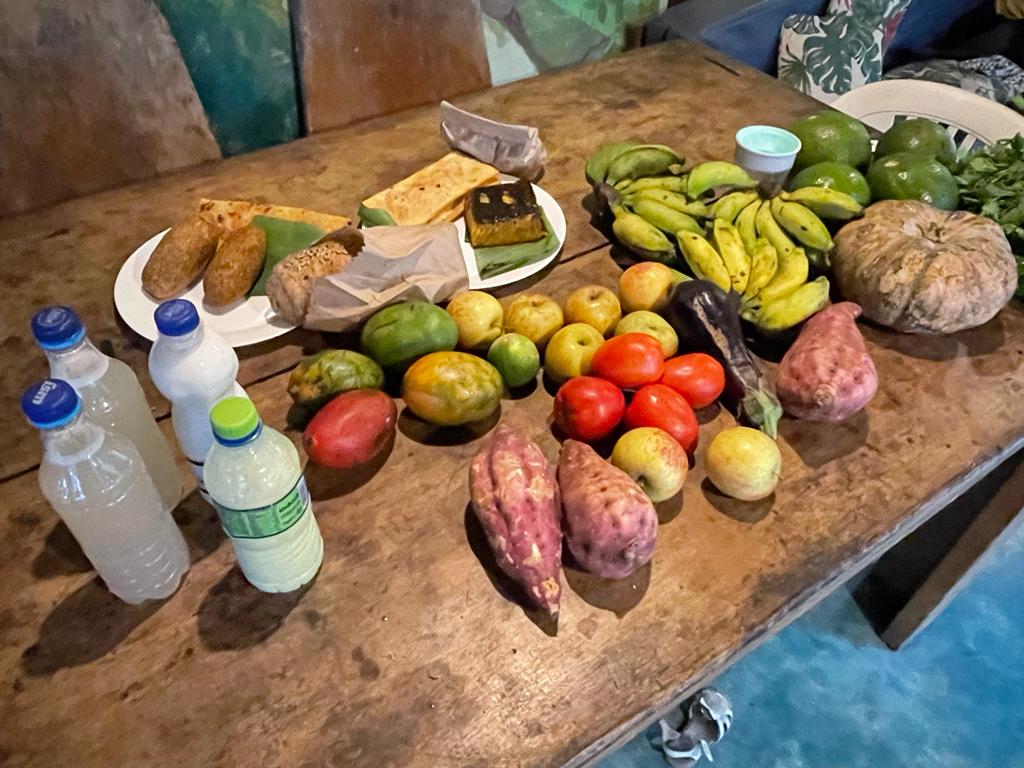
Different to a widespread belief a vegan diet is not a privilege only the wealthy can afford. When you cook yourself, a vegan life can actually be much cheaper. The key to cost-efficiency lies in eating whole foods over replacement products like vegan cheese, vegan sausages etc. which (sadly) are as of today still more expensive than the non-vegan version.
If you learn to cook vegetables, beans, tofu and legumes you can get away with spending much less and eating much healthier and nutrient rich than if you’d stick to the average western omnivore diet.
If your are new to Veganism or cooking or both, I warmly recommend you check out my favourite vegan bloggers Gaz Oakley, Zucker & Jagwurst (German) and Bosh! Also cooking apps like KptnCook offer filters for vegan cooking and are an amazing source of inspiration for those on the beginning of their cooking journey.
Isn’t it just amazing how amazing people can share their expertise so easily nowadays?
- Choose vegan-friendly destinations
As I have mentioned earlier – rural France was especially challenging to eat out as a vegan. Similar bad was our restaurant experience when we visited the German/Polish island Usedom, which is mostly frequented by rather conservative audiences with a preference for traditional food.
Other cultures are less reliant on animal products: A lot of Italian pasta dishes are accidentally vegan and most Asian countries don’t incorporate dairy in their food, which makes it much more easy to make a dish vegan.
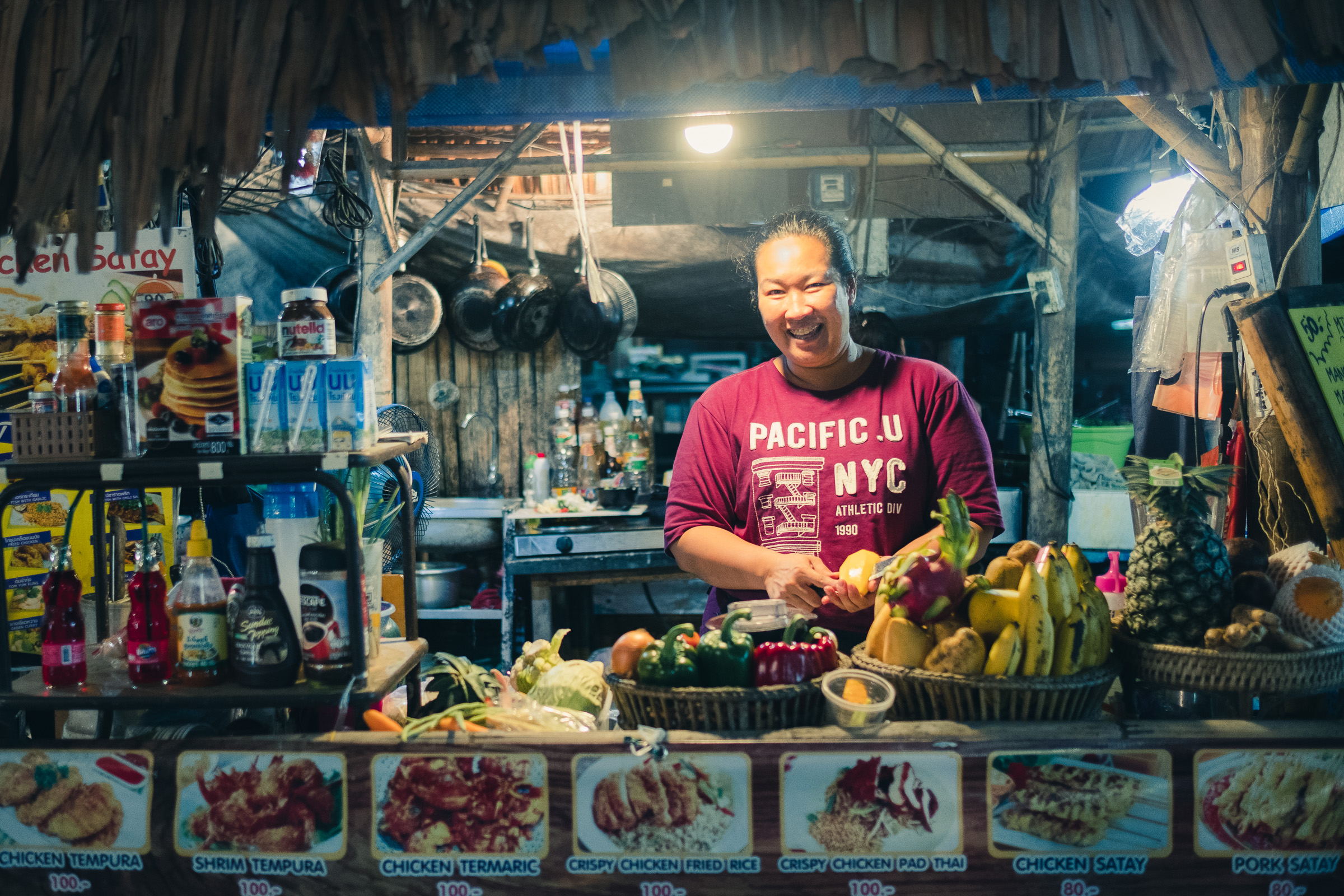
The spread of the buddhist religion has left its mark on large parts of Asian cuisine. Buddhism teaches that the soul can be reincarnated into any body independent of the species one embodied in its past life. If you believe that an animal has a soul alike your own, it is much harder to kill it solely for sensory pleasure.
Christianity on the other hand, attributes a soul only to the humans species, who are believed to being gods kind and entitled to use the earth and all her creatures to their means.
The tendency to value animal lives higher, is reflected in the food culture as well, wherefore the accessibility of meatless dishes differs across cultures of different philosophical and theological beliefs.
In Thailand we experienced that a the majority of dishes are offered either with meat or tofu. Fish sauce is often used in Thai dishes, so this would be one thing to keep in mind.
Our favourite Thai island Koh Phangan also had a large vegan community and many beautiful vegan restaurants can be found especially in the Western part. Vegan heavens like this exist all over the world and it’s wonderful to be in a place where you can choose anything on the menu without thinking twice.
- Be integer, but don’t be hard on yourself
Becoming vegan has enriched my life in so countless ways, but I’m not going to pretend that it is easy in every situation in life.
It can’t be denied, that as of today, we live in a world which is mostly non-vegan. And if you are like us and like to explore different cultures, you will find, that you can experience a local culiniary culture only on to a limited extend.
As sad as this is, we simply cannot image eating meat anymore, even if we wanted to make a one time exception to experience a local tradition.
Other vegans may not agree with this, but I would rather see people making exceptions from now and then (as long as it doesn’t become a habit), before giving up on Veganism entirely. After all, it should be a life long transition and not a temporary experiment.
I personally found it very easy to maintain a vegan diet during our travels because of all the amazing information out there and Jaap being a very good cook. But the transition to a plant-based diet is very subjective and happens in a different pace for everyone.
I will never tell anyone to commit to a vegan life only if they can 100% maintain it. Every piece of flesh not eaten is a step in the right direction. Every animal not breed into a life condemned to suffering and painful slaughter is worthwhile the changes we make to our habits.
Listen to your heart, educate yourself, keep an open mind, stay curious and be courageous to try something new!
If you want to learn more about the life of a vegan full-time-traveller, don’t hesitate to leave a comment or contact us on our socials.
Sending you love,
